On holiday with the the Fuji X10
There is now a folder of scans of old photographs, some of them very beautiful. They go back to the time of my birth and run through my late teens. All the early ones are by my father, a civil engineer, now retired. Then there are some weird ones from the time I was 16 or so, and I think that’s when I picked up my first camera — an Agfa ‘Click 3’, as I recall. There was other equipment around, and I soon began experimenting with that: a twin-lens Rolleiflex, a Pentax K1000 SLR, a large format Mamiya.
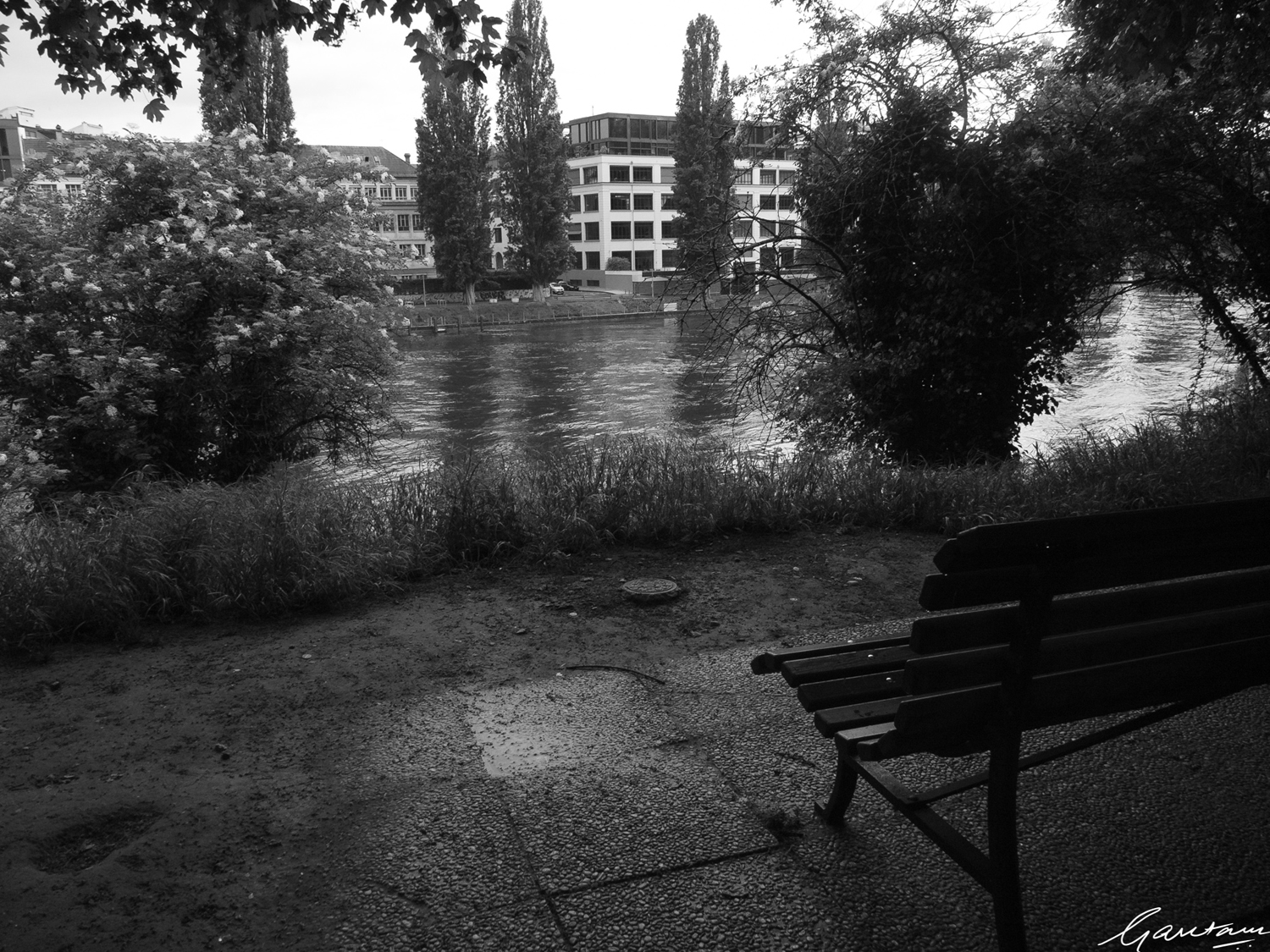
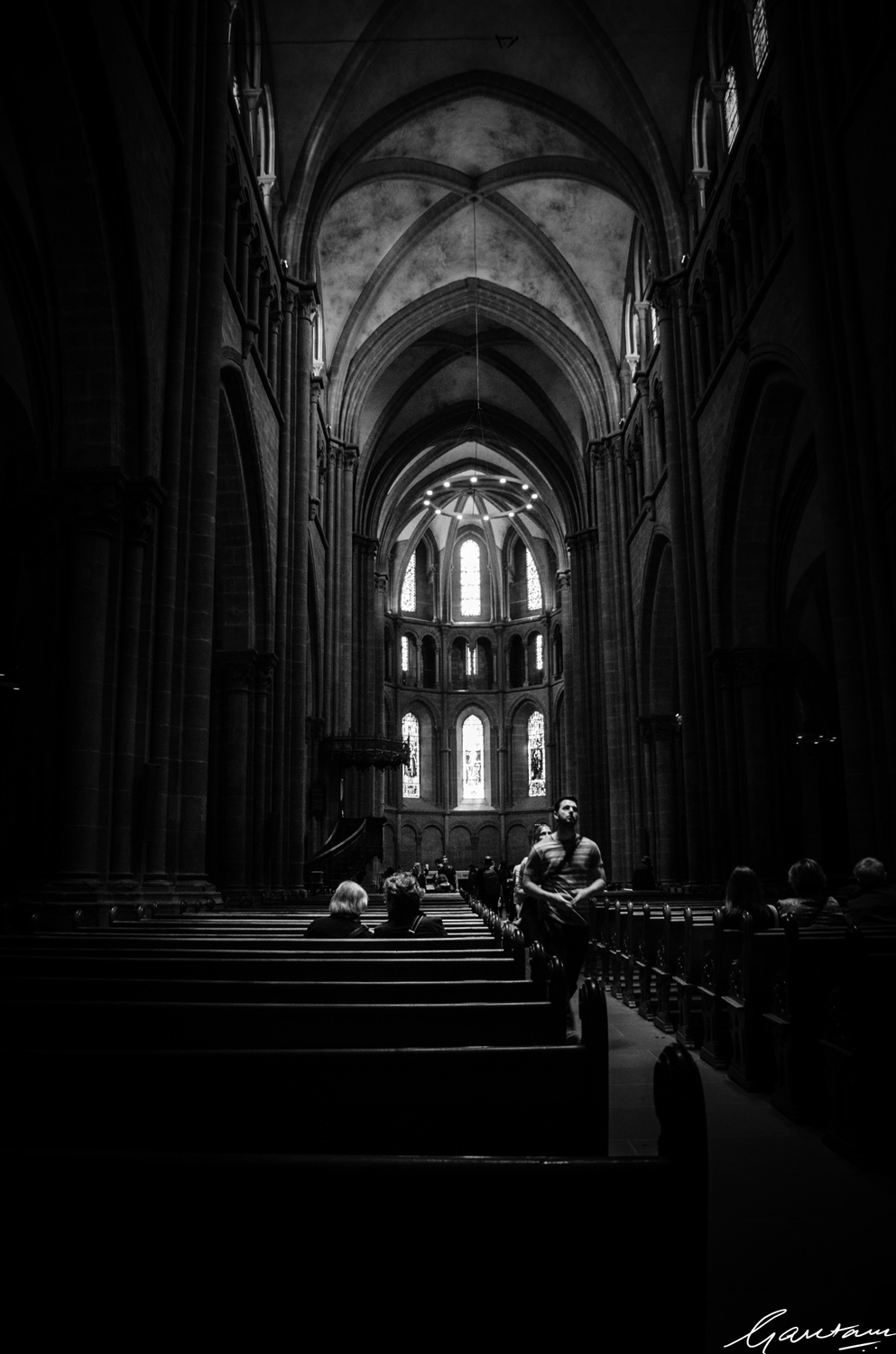
There was, I think, an old Leica, but I don’t remember using it. There was a strange Russian model that swept a vertical slit over the lens sideways to produce faux panos. In college, in my late teens, I started a small darkroom with a Durst enlarger, and loved the shimmer of prints in the trays, the red light in the room, the mixing and shaking. It was all black and white stuff, of course.
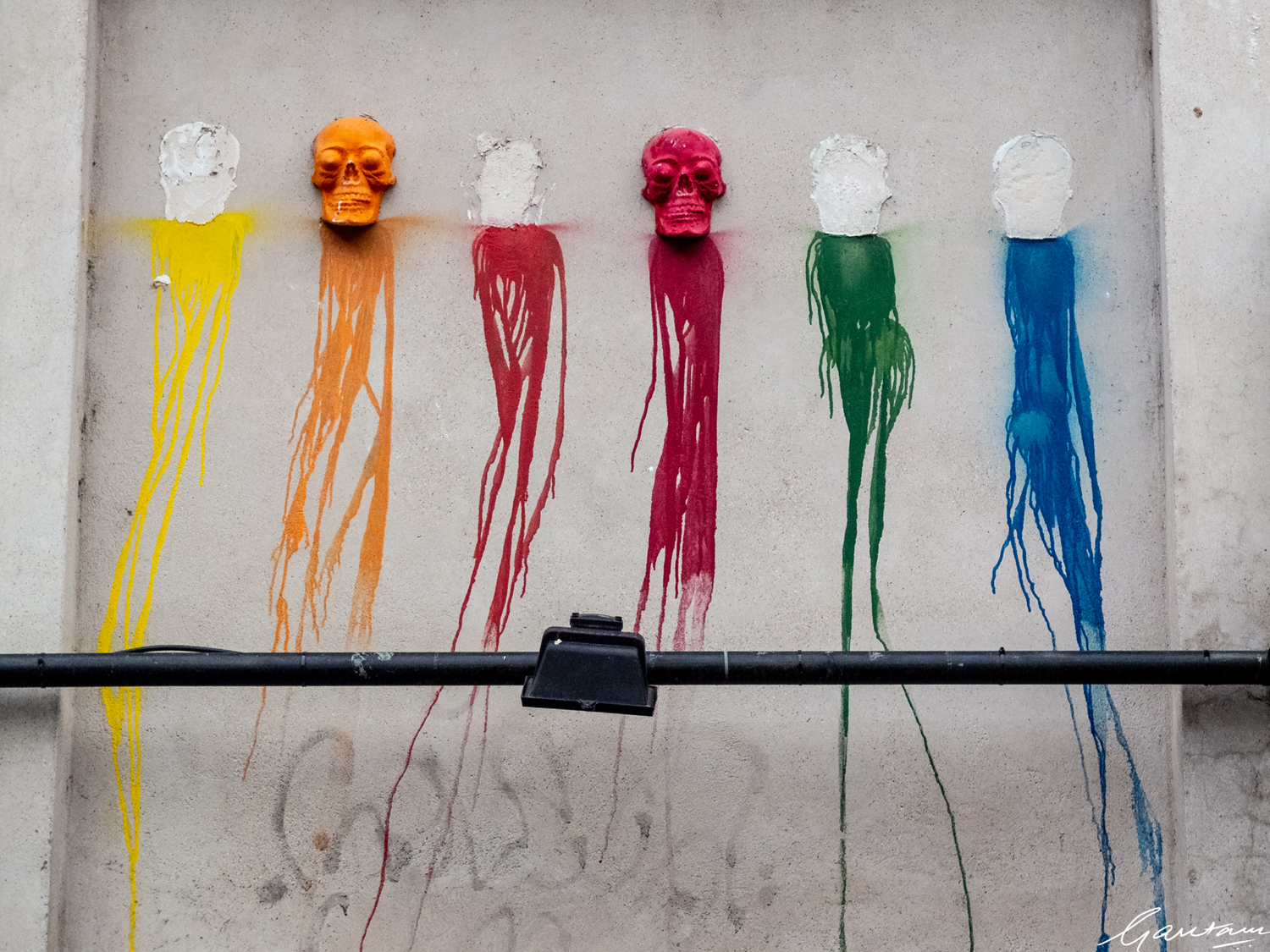
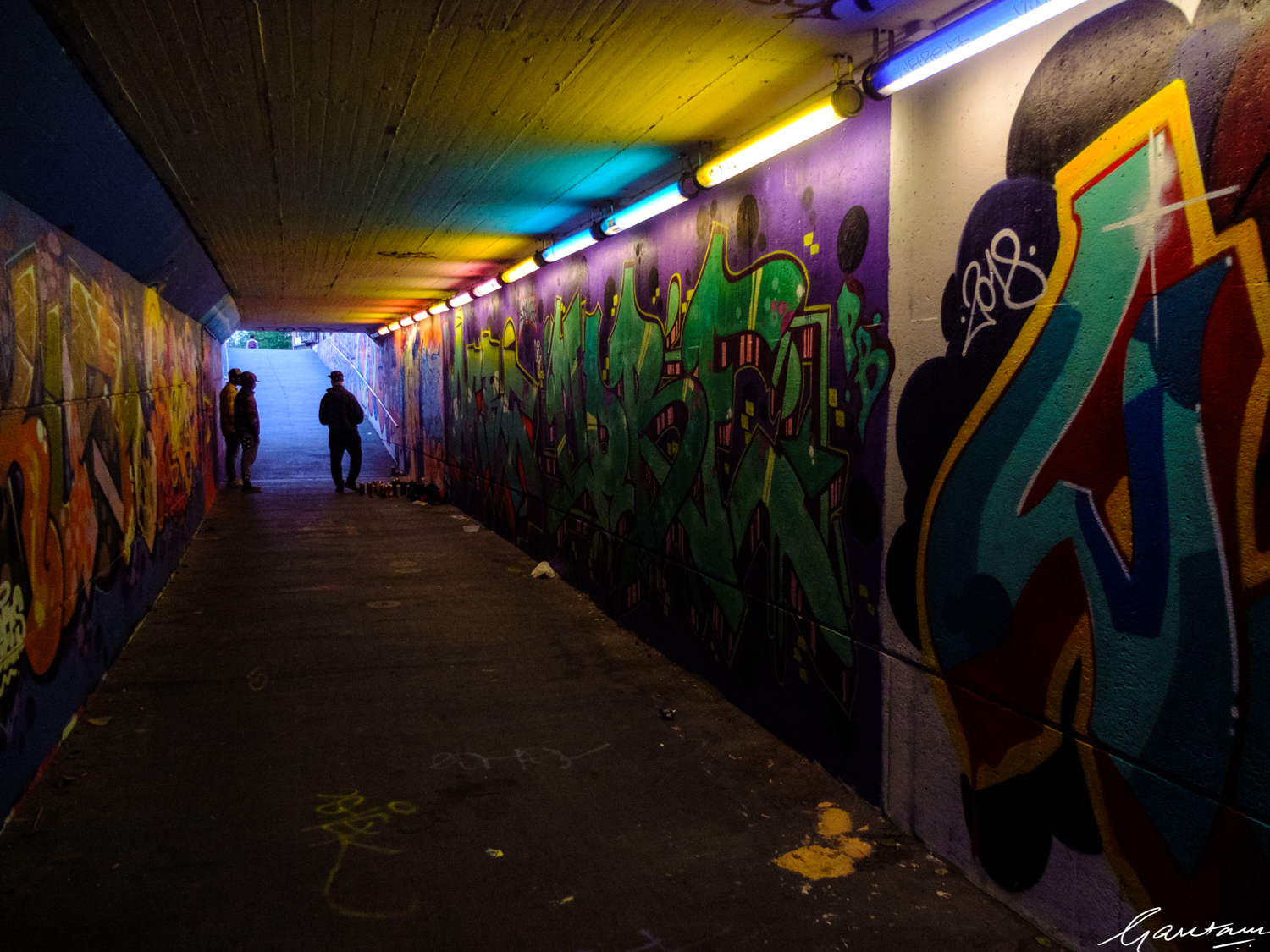
But the fixation was beyond the taking-and-making of images. I devoured books on photography, everything from self-teaching to books by masters. Then I got my first Nikon, an FG-20. Came the digital age, and I was in right away, with a Nikon DX90, then a DX100, a DX200 and finally a DX7000. By then, I’d added several lenses, two or three zooms and some primes.
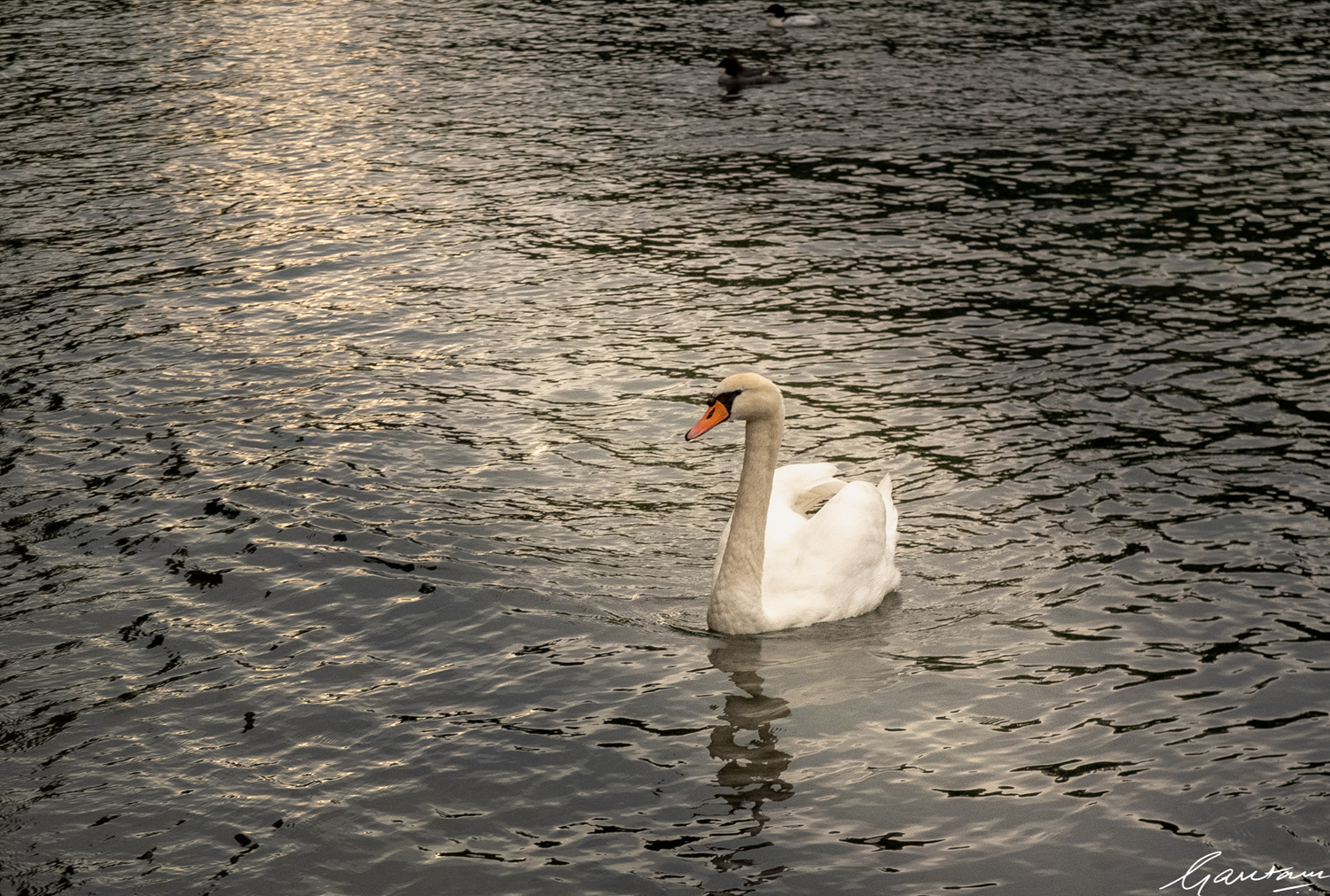
Until 2013, I was in independent practice as a litigation lawyer, but managed to find time to follow my interest in photography. In June 2013, with an appointment to a different position, though still in law, I was forced to reduce the time for photography — less time for the actual photography, and a greatly tightened or stripped-down post-processing workflow. By now, in my late 40s, the Nikon was just *The Beast*, an extraordinarly heavy thing to lug around.
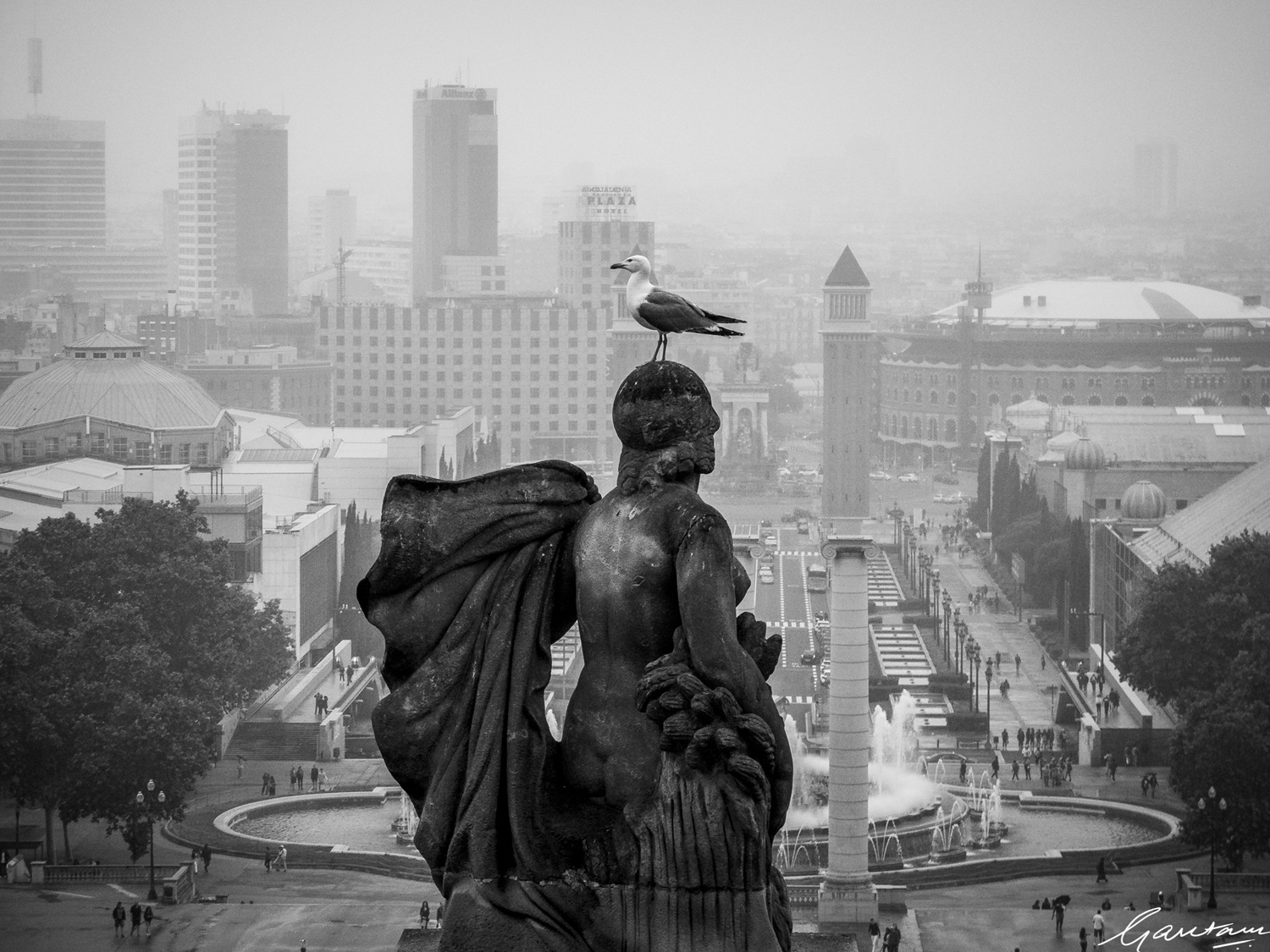
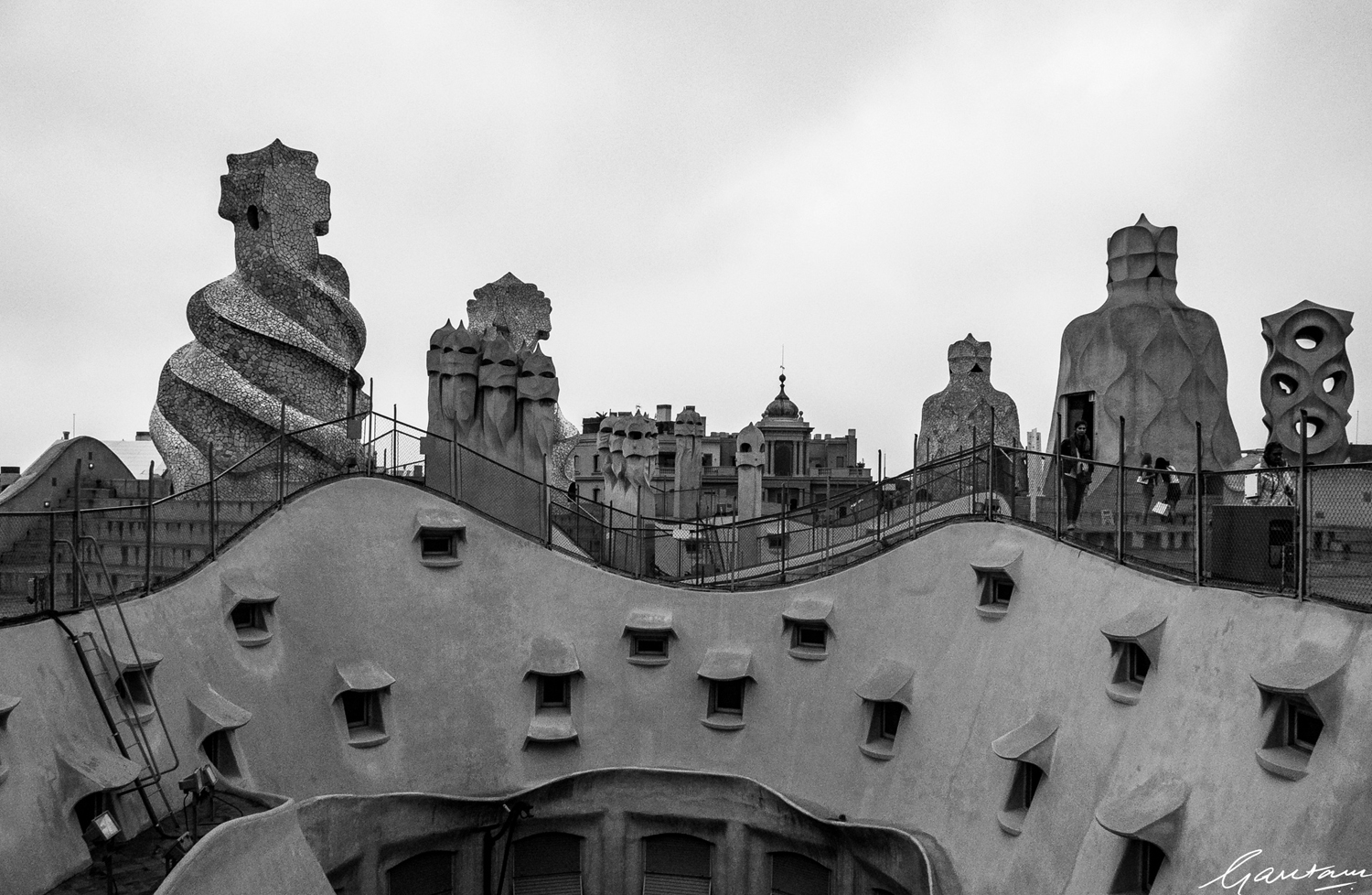
I bought the Fuji X10 as a standby carry-around, mostly in situations where The Beast was too obtrusive, too intrusive, or just too darn heavy. I needed something that I could put in a pocket, whip out, but had a reasonable tele-zoom, shot RAW and had viewfinder.
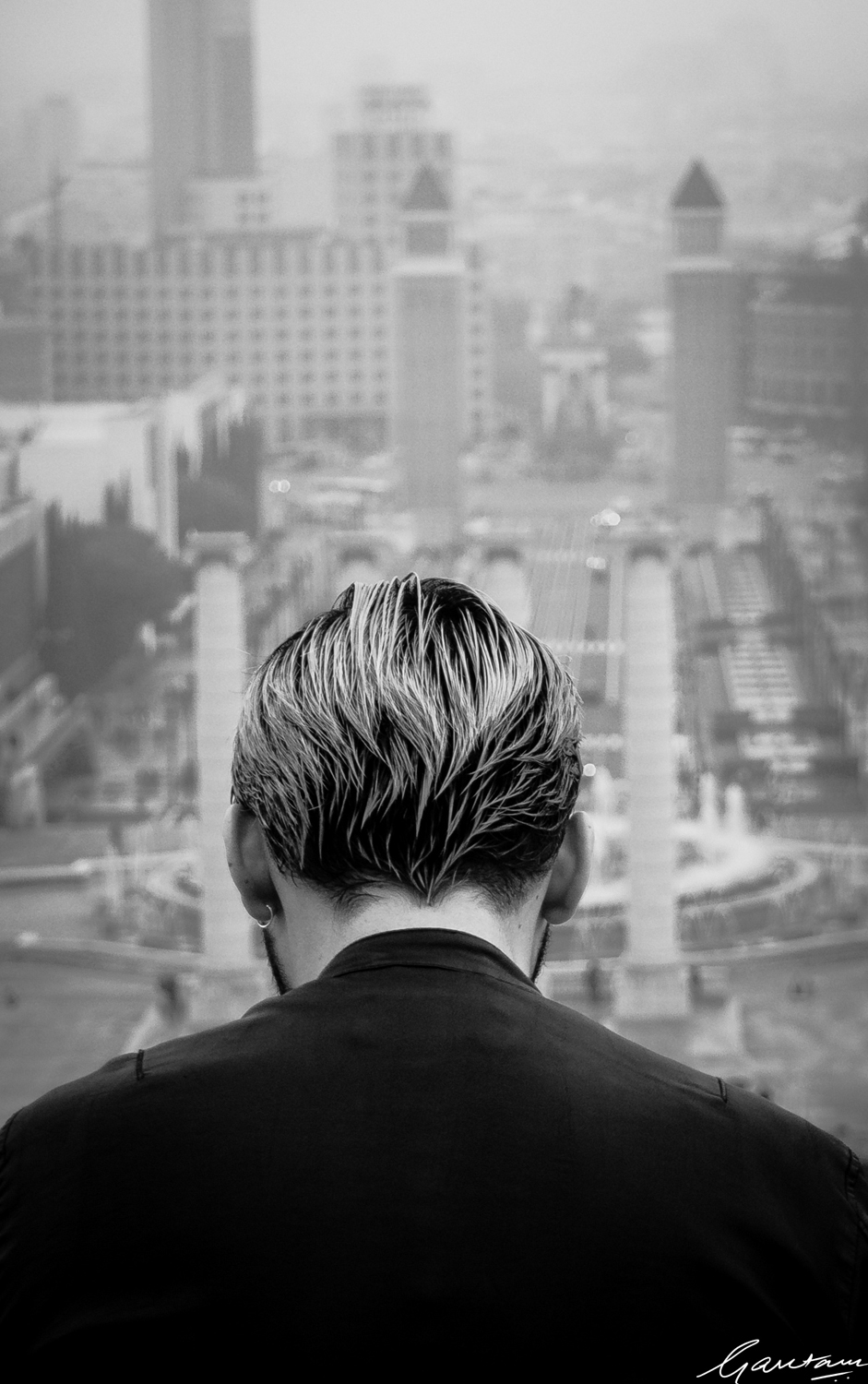
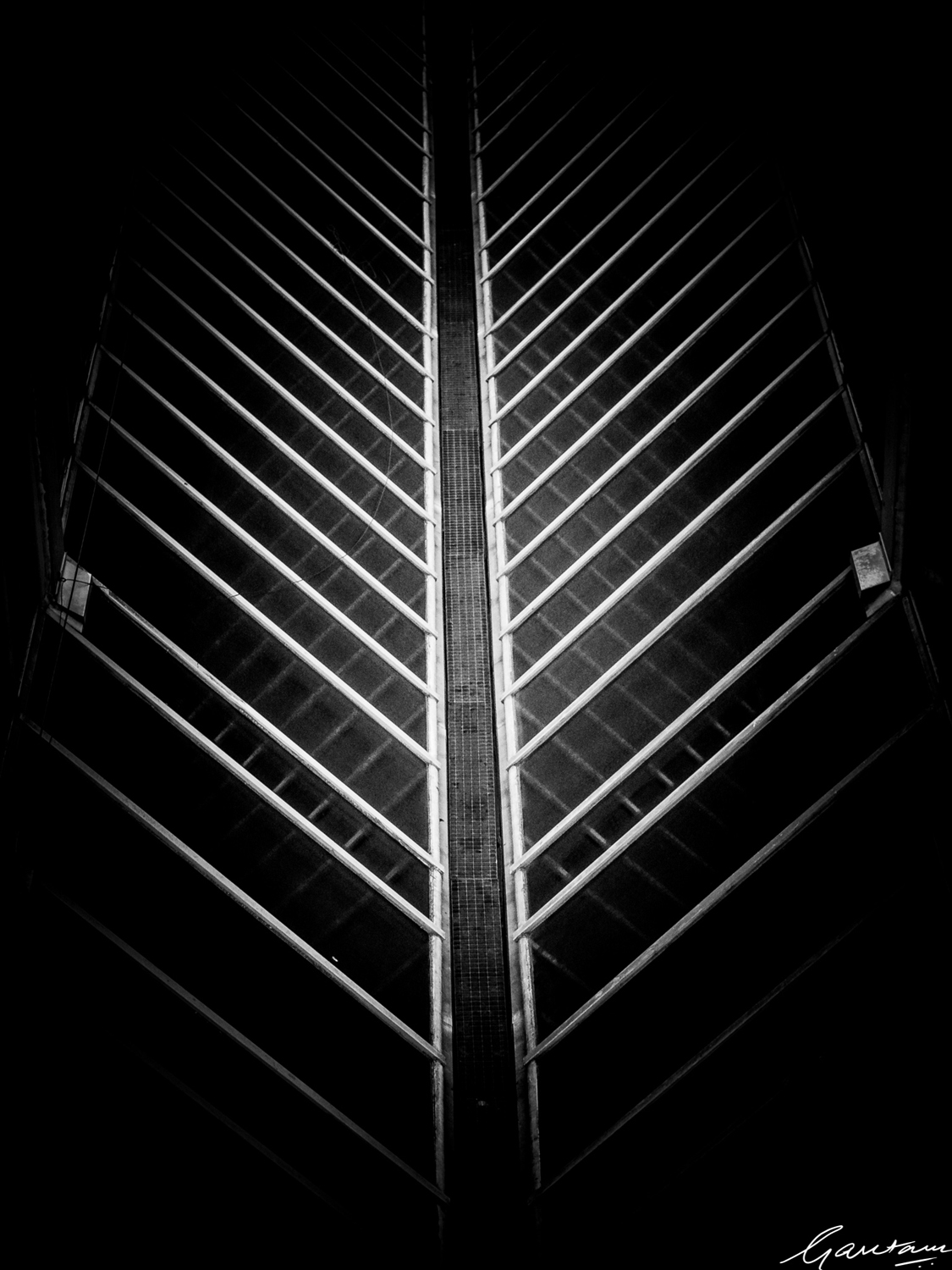
The X10 seemed to fit the bill. It served me well over many years, and only gradually began to deteriorate — the sound went, beginning with the shutter sound, and then all sound, and no firmware upgrades could fix it. But it kept going, taking photographs, and while it didn’t have the present ACROS modes, its in-camera BW conversion was very good.
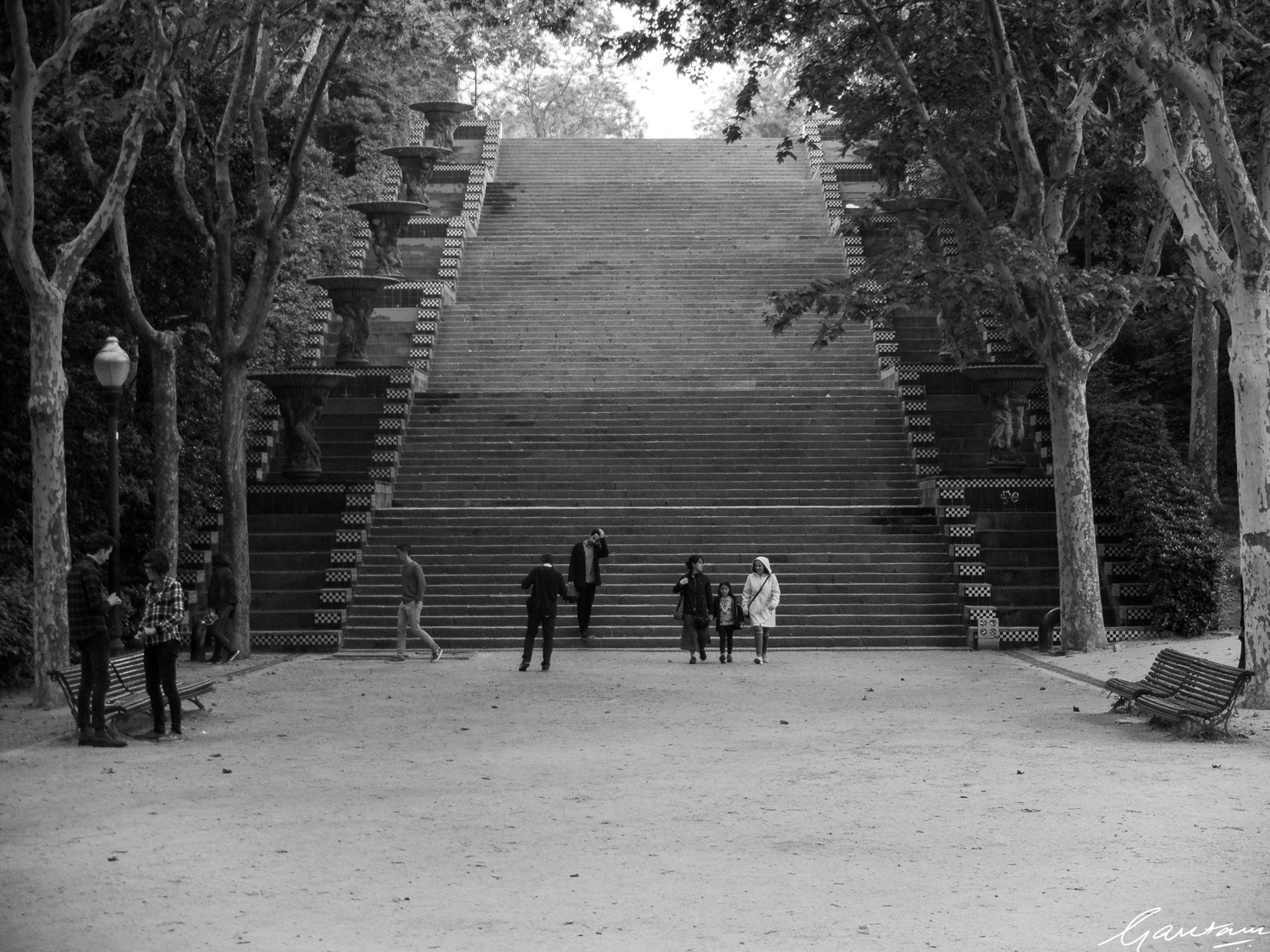
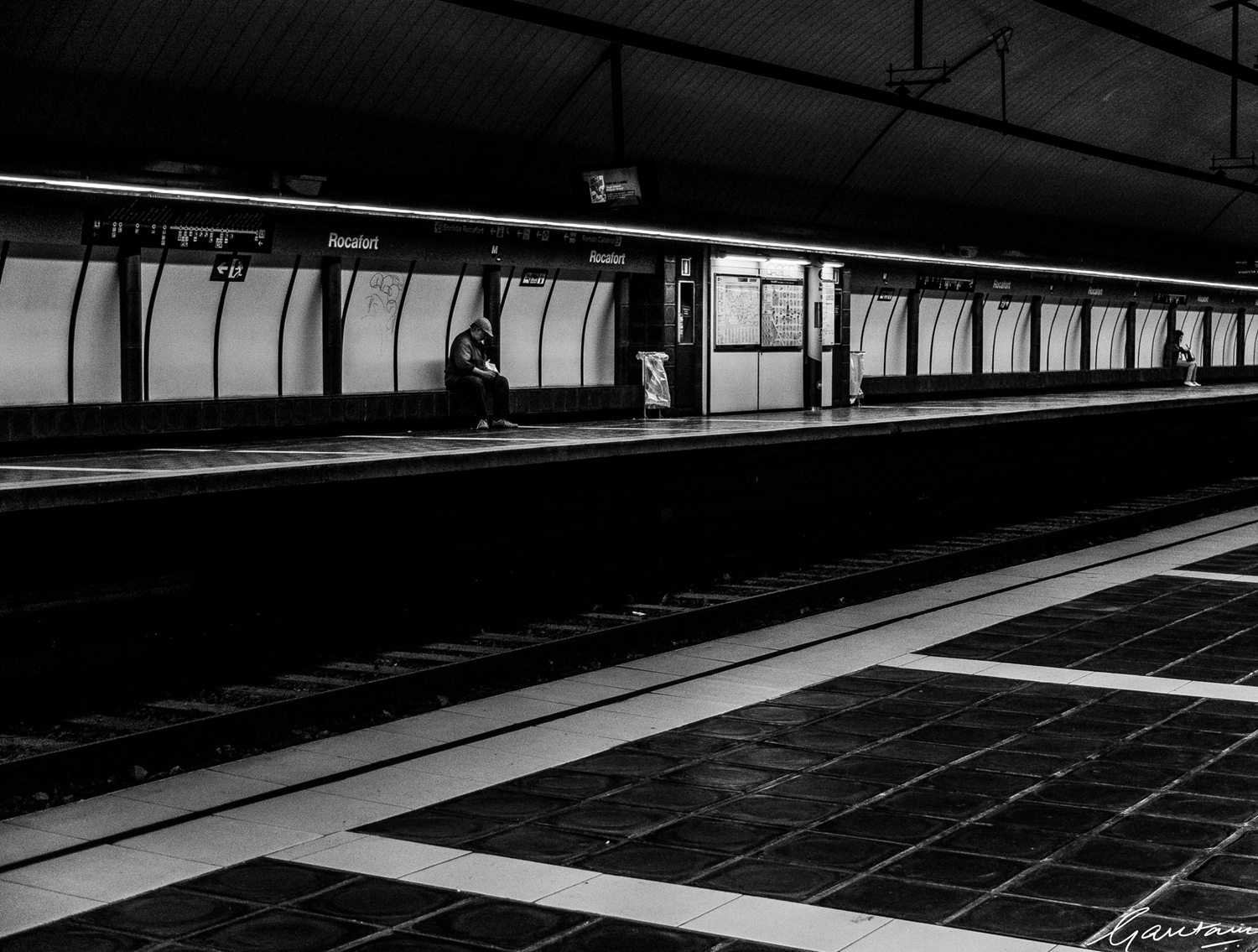
On a holiday in and around Geneva and then through Barcelona, Granada, Seville and Ubeda, I abandoned The Beast altogether. I think I got reasonable results, both in colour and black and white. They required the most minimal adjustments — some exposure tweaking, minor sharpening, not much else.
There’s been no light painting. Most of all, I loved the fact that I was, quite literally, *unburdened*. I was free to walk, to pause, to see, and whip out the small X10, twist the barrel to start it, and shoot.
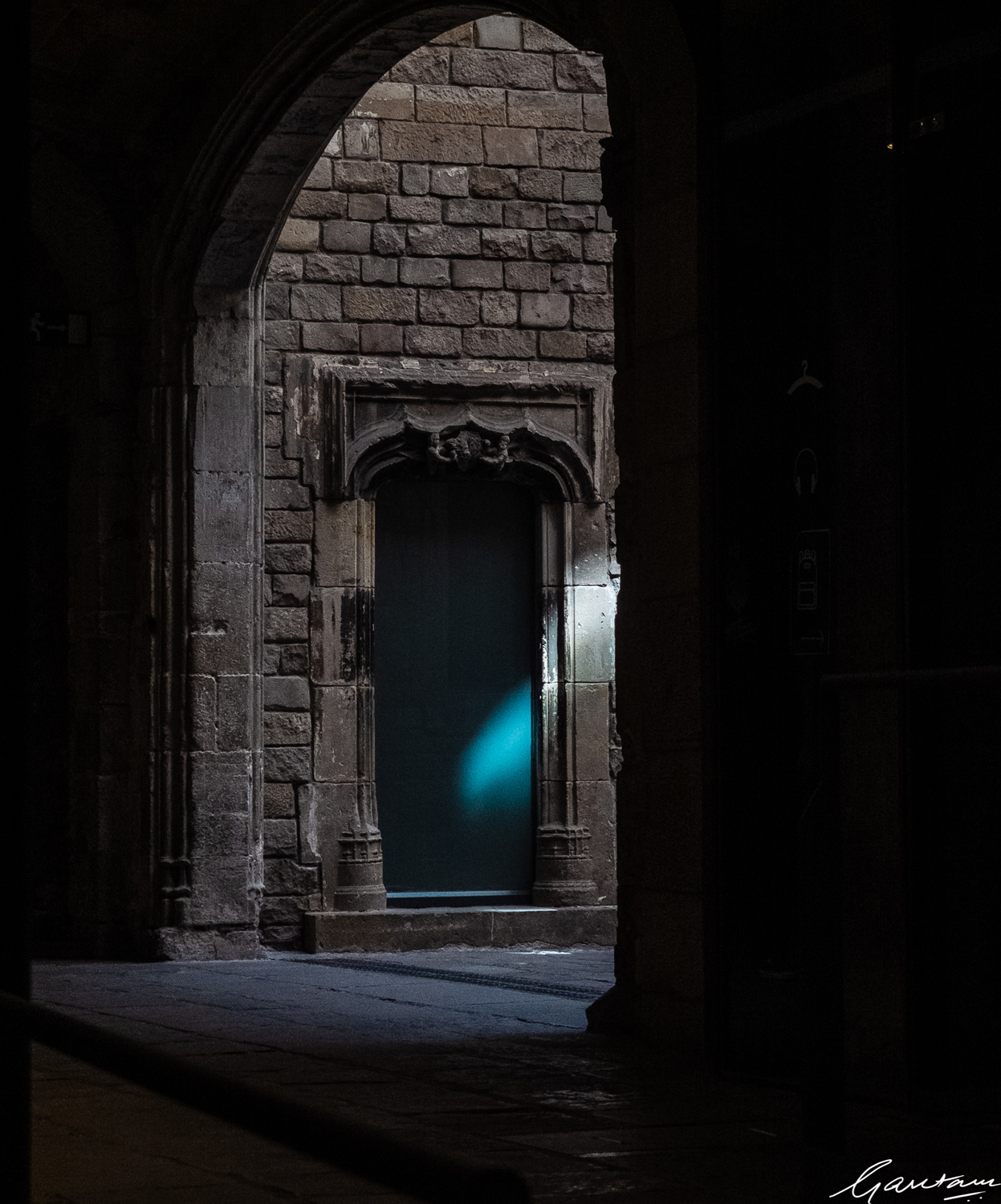
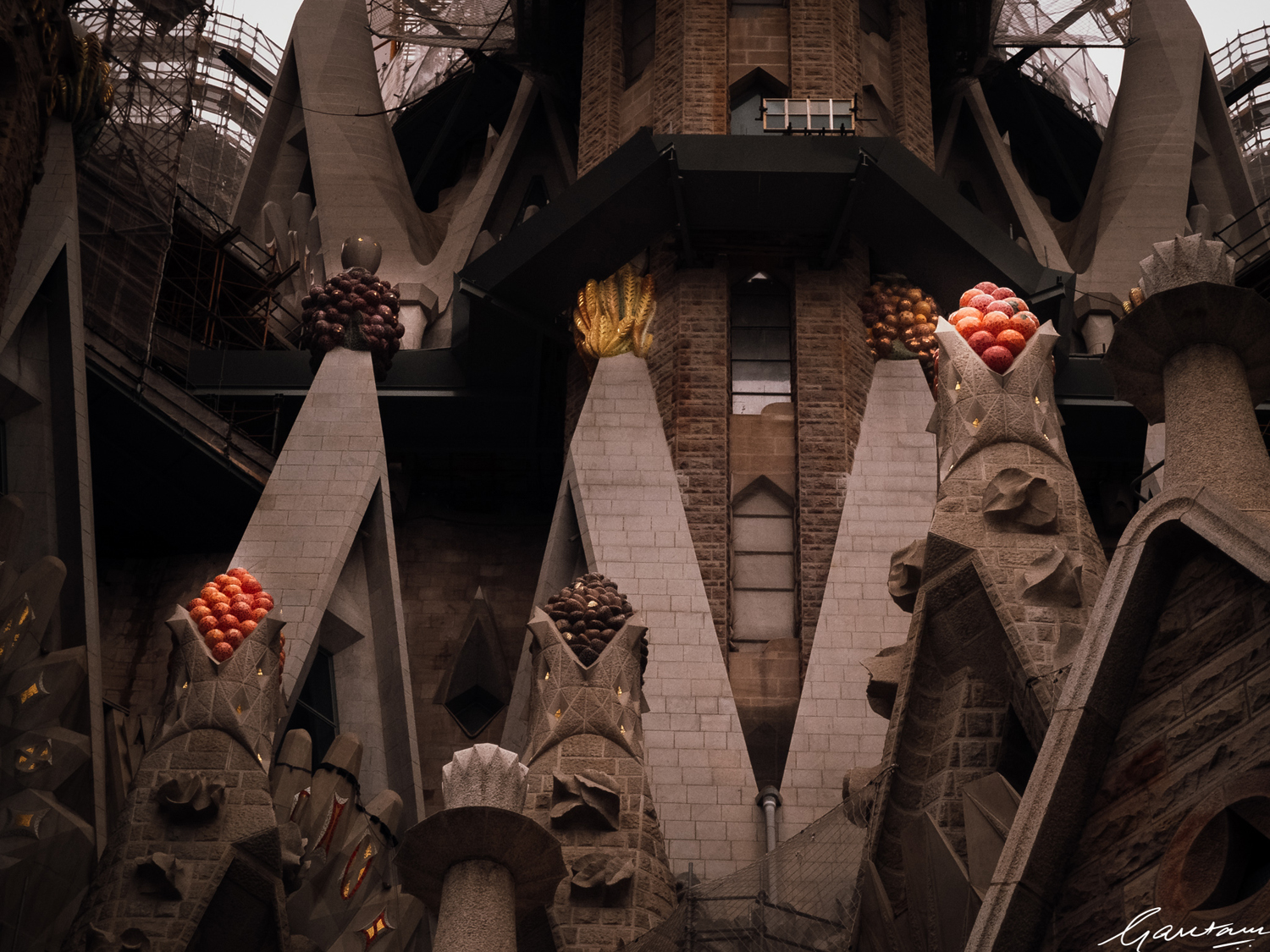
Some of the street shots I got were literally because of this: no messing around, no complex controls, just the camera as an extension of the hand and the eye. Frankly, I think _this_ is the model they should have worked on and continued. A good quality compact lens with just enough zoom to be useful in most situations, intuitive controls, quick and easy to use.
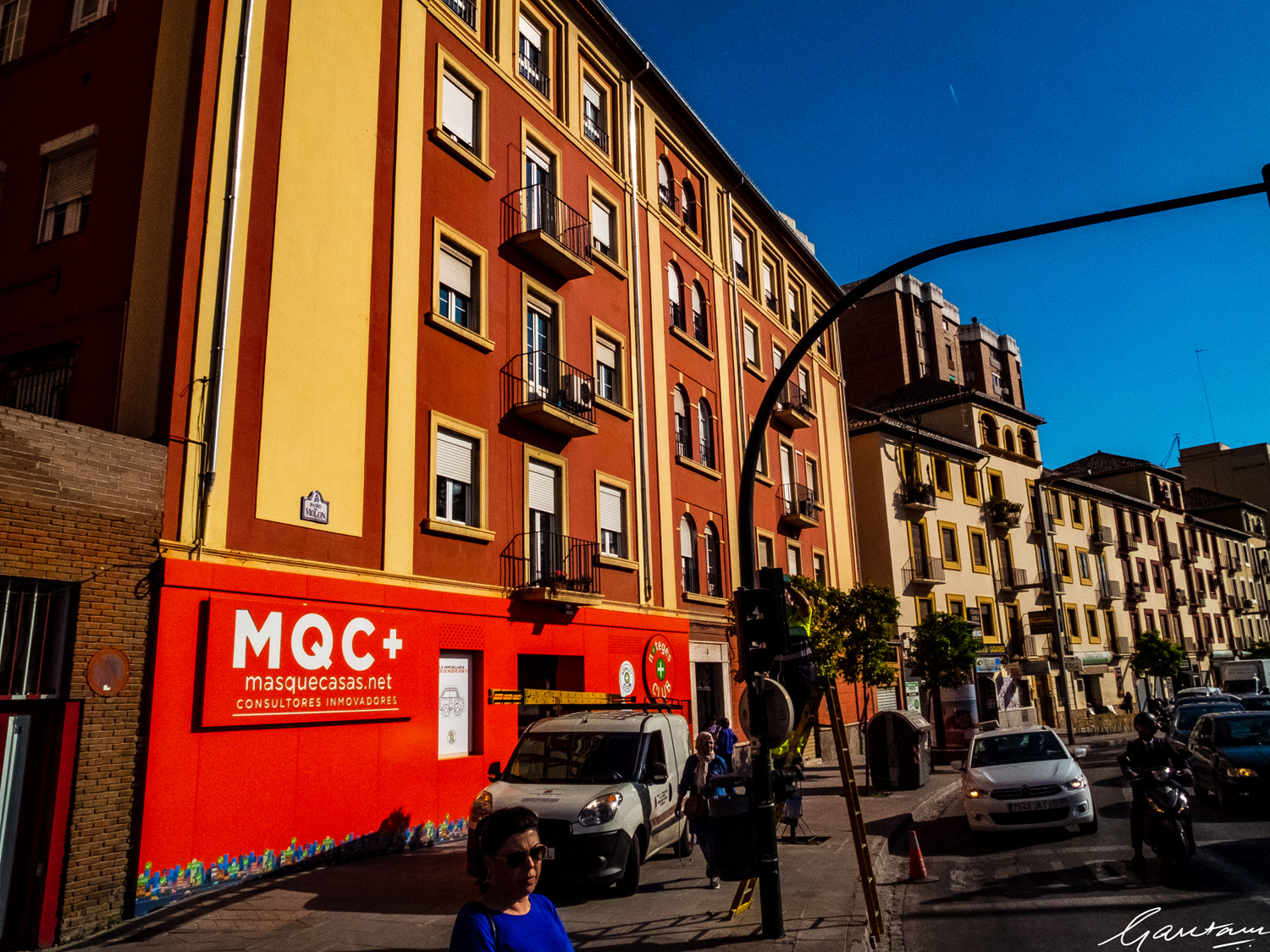
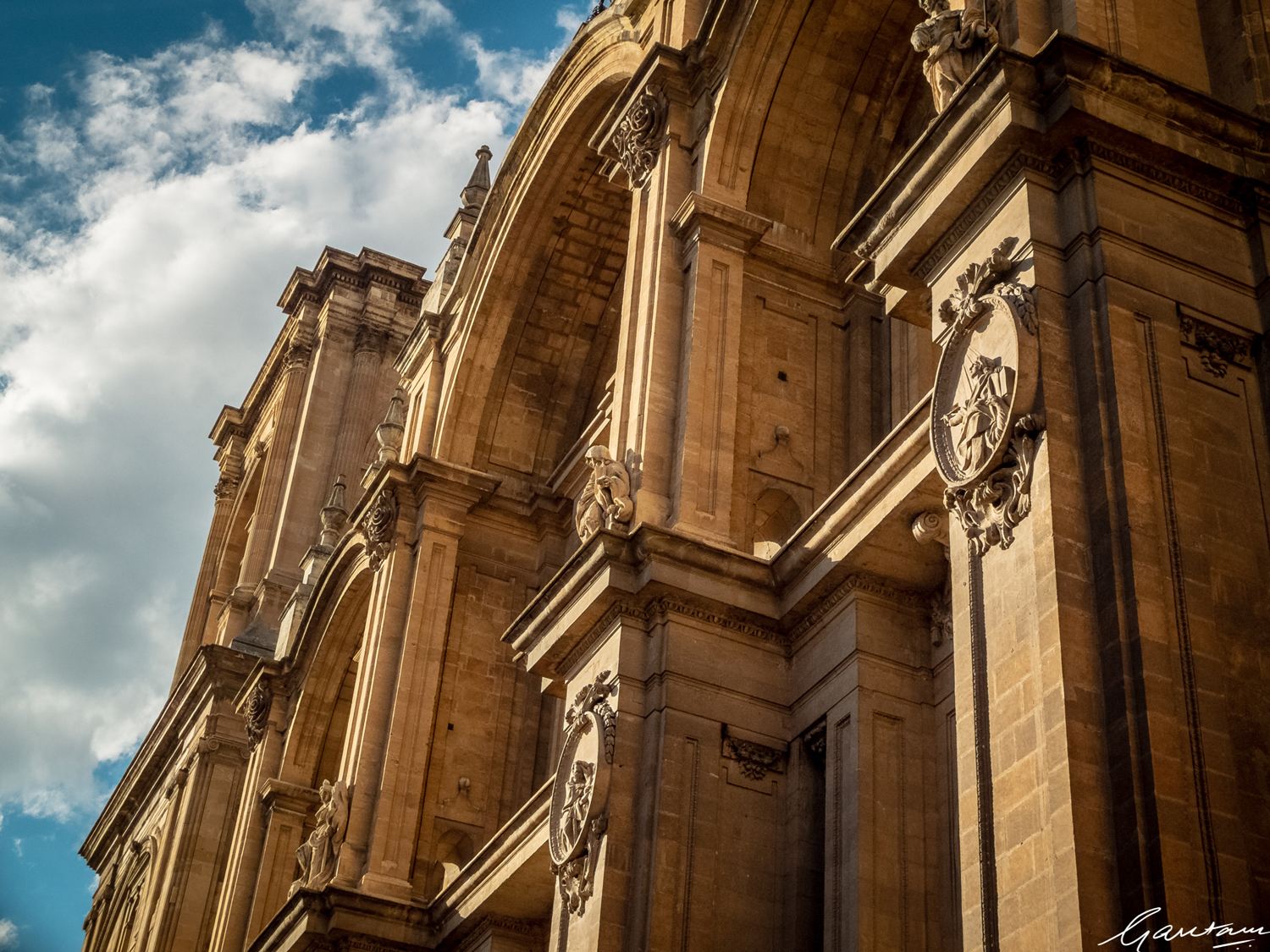
I’ve never used the X20, and I’m told it’s even finer, with a much improved sensor. The new series with the fixed 28mm lenses seem to me to needlessly impose the equipment on the photography, forcing a different visual sensibility. Sometimes you do need to get in just a little closer.
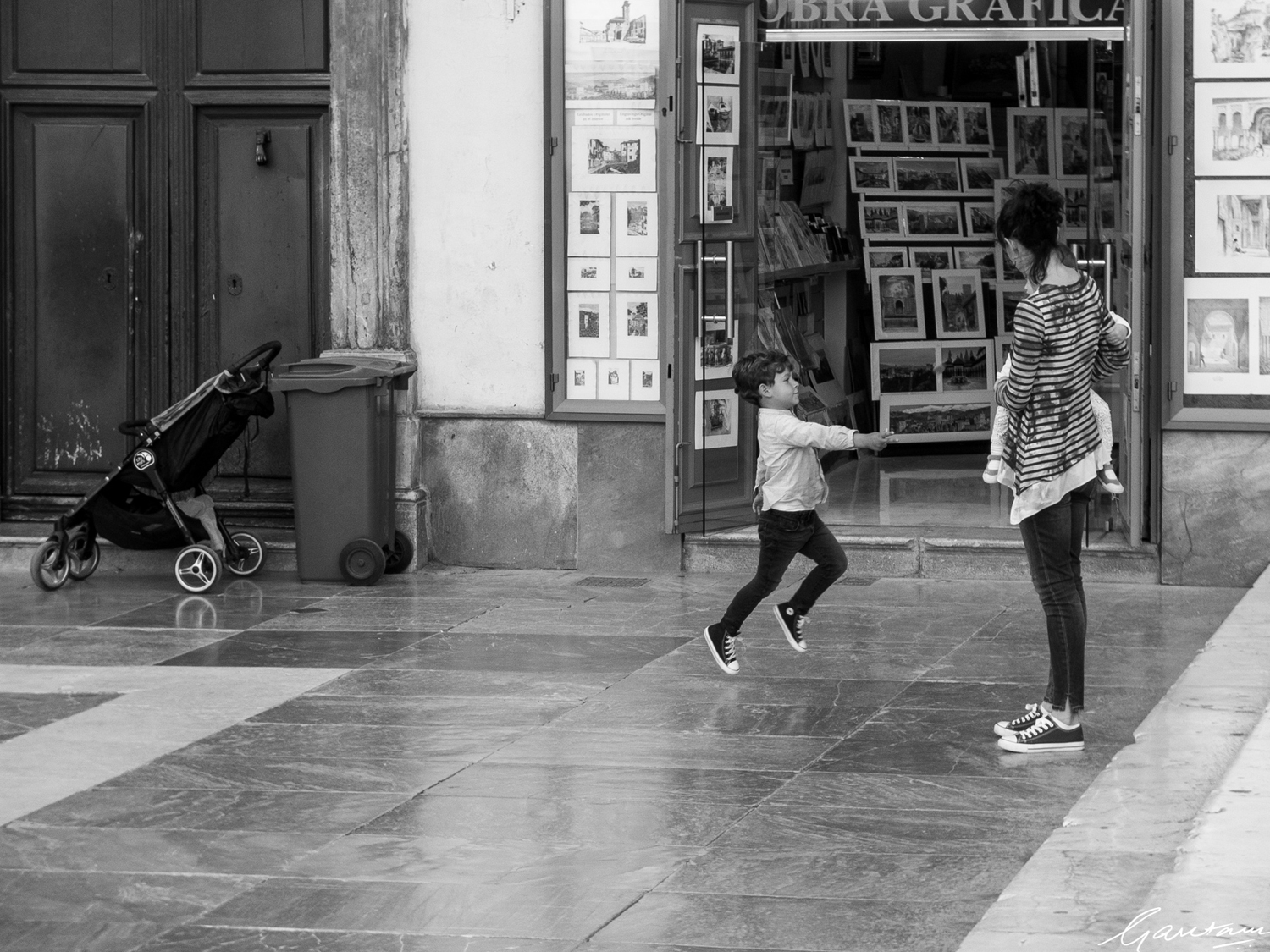
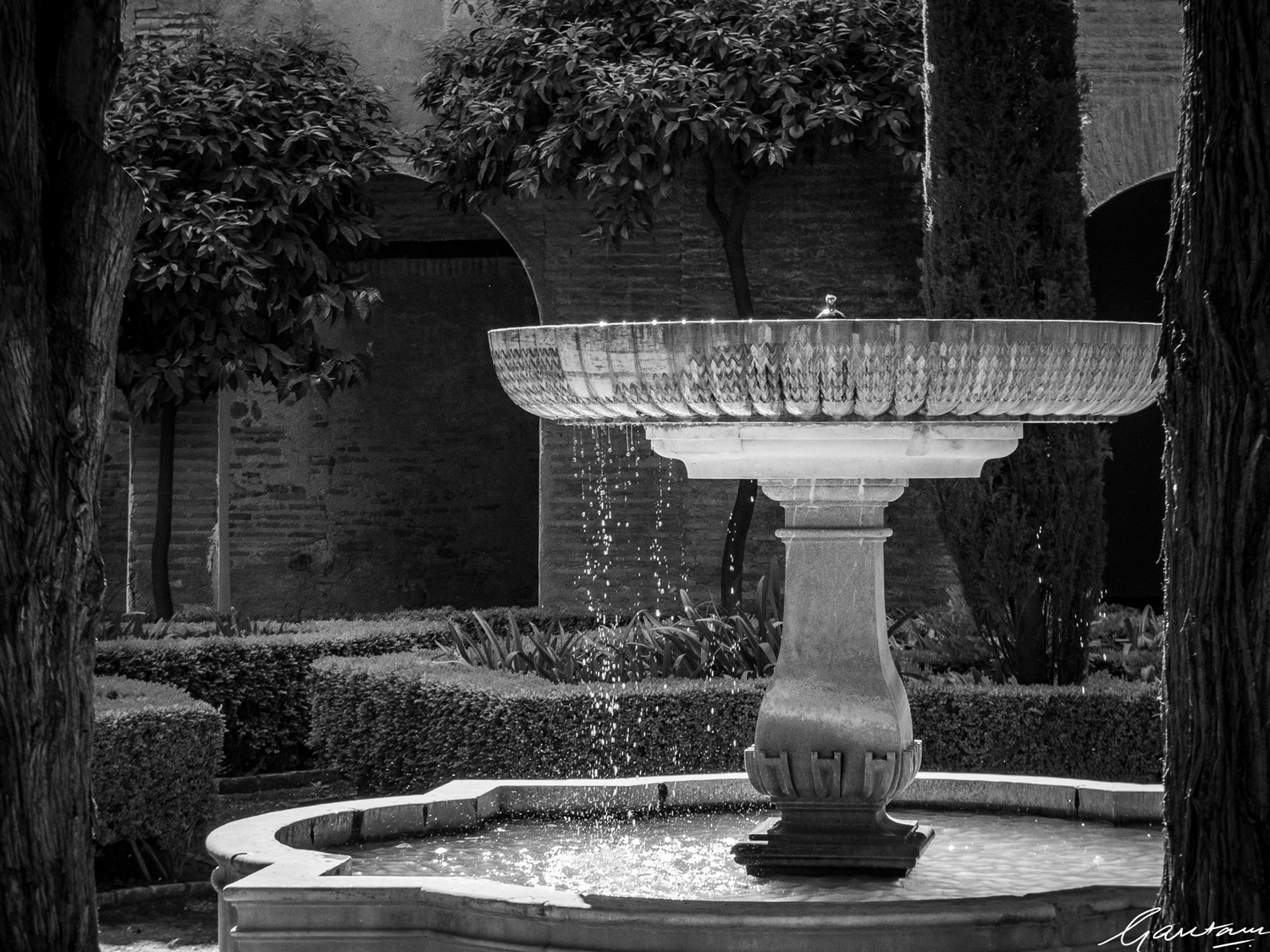
Perhaps Nikon and Canon and the others should understand this: with cellphone cameras getting better and better, and increasing restrictions on air travel, weight is becoming a determinant. There’s a whole generation now out there that _doesn’t_ use cameras at all, and prides itself on the quality of its cellphone photography.
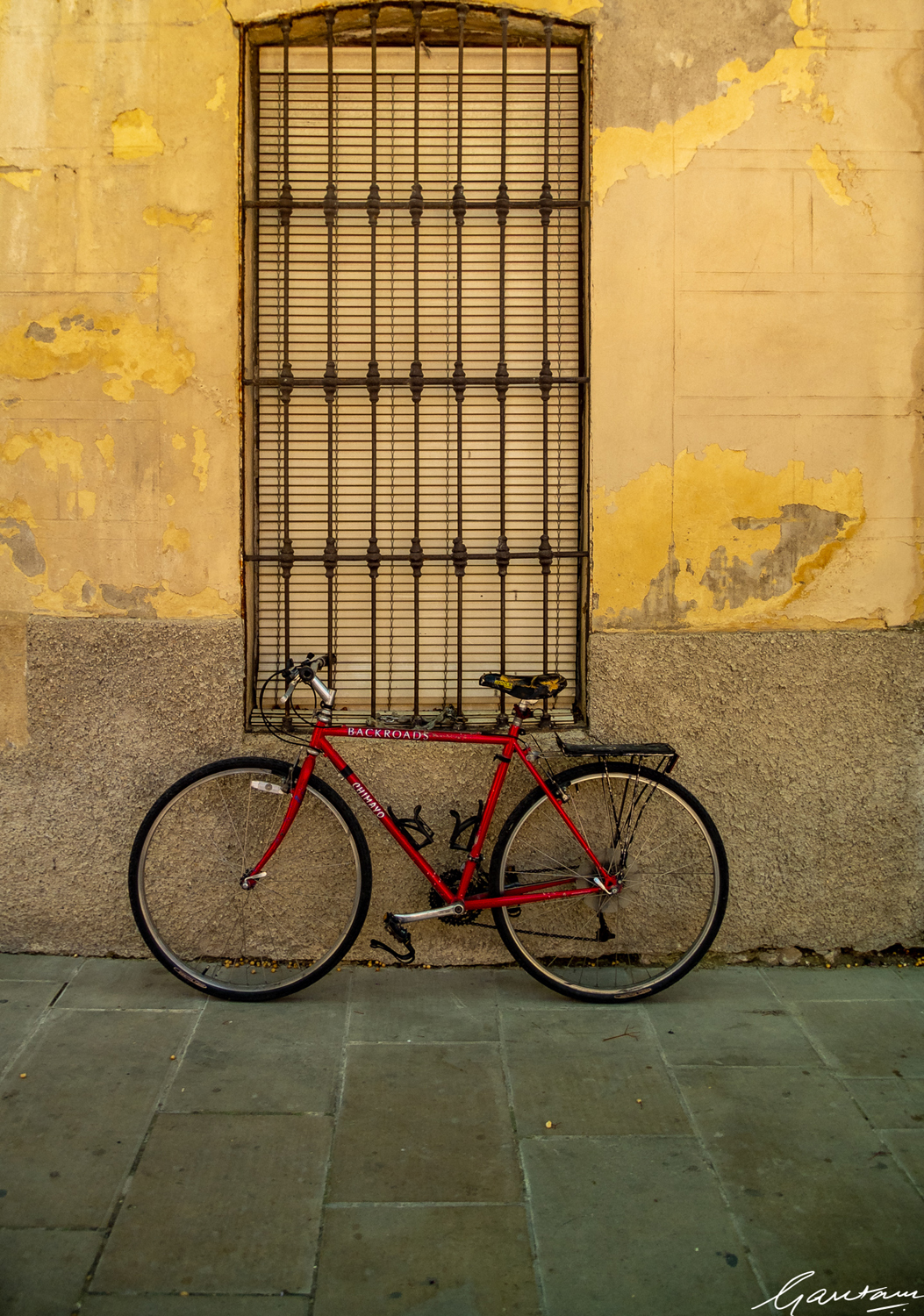
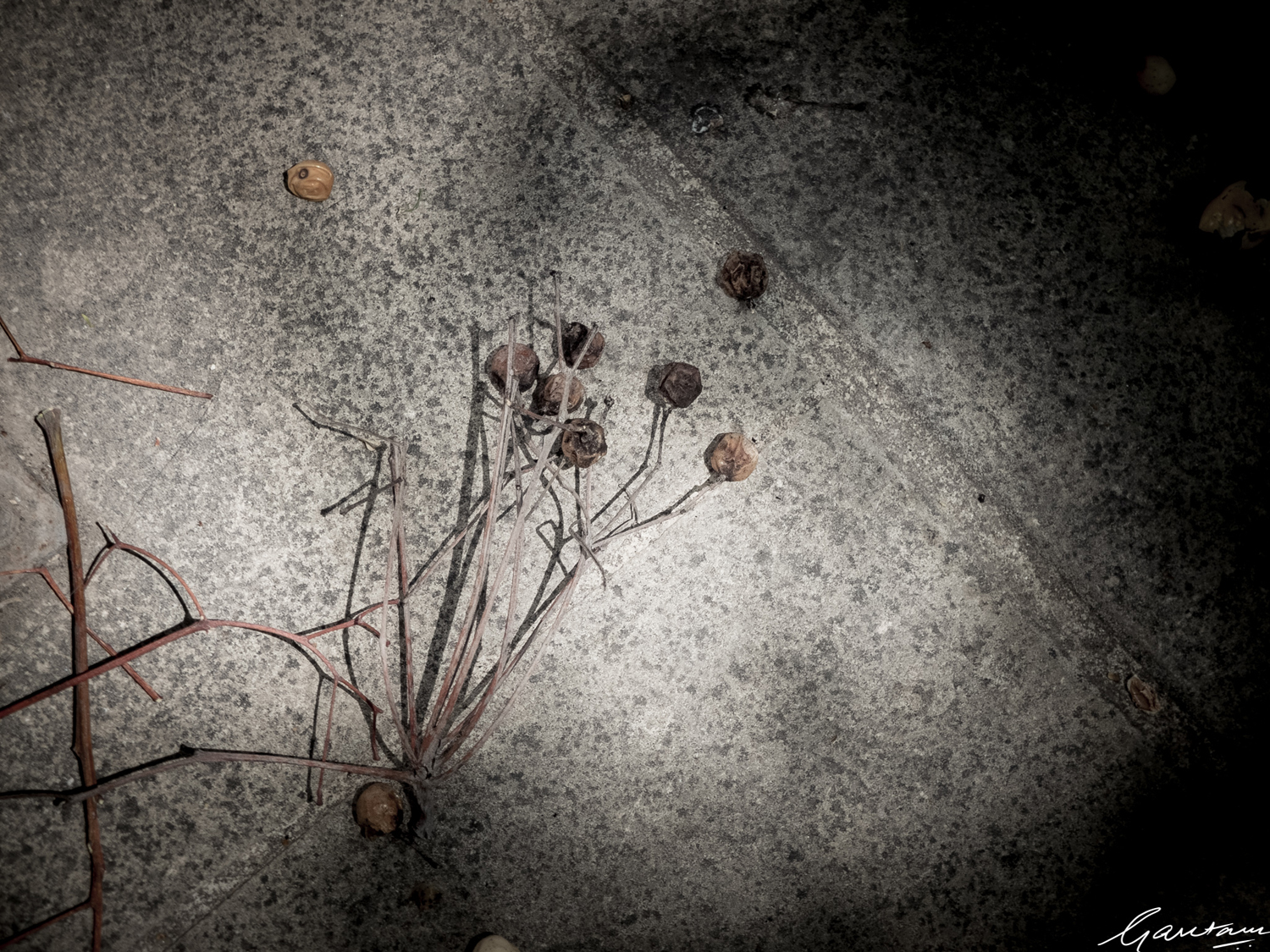
The Big Boys are in danger of rapidly becoming indulgences, and lightweight cameras that deliver — like Fuji — are probably the future. Consider this: _both_ the XT20 and XT100 with lenses mounted together are lighter in the hand than a Nikon D7000 with an 18-300 everyday use zoom.
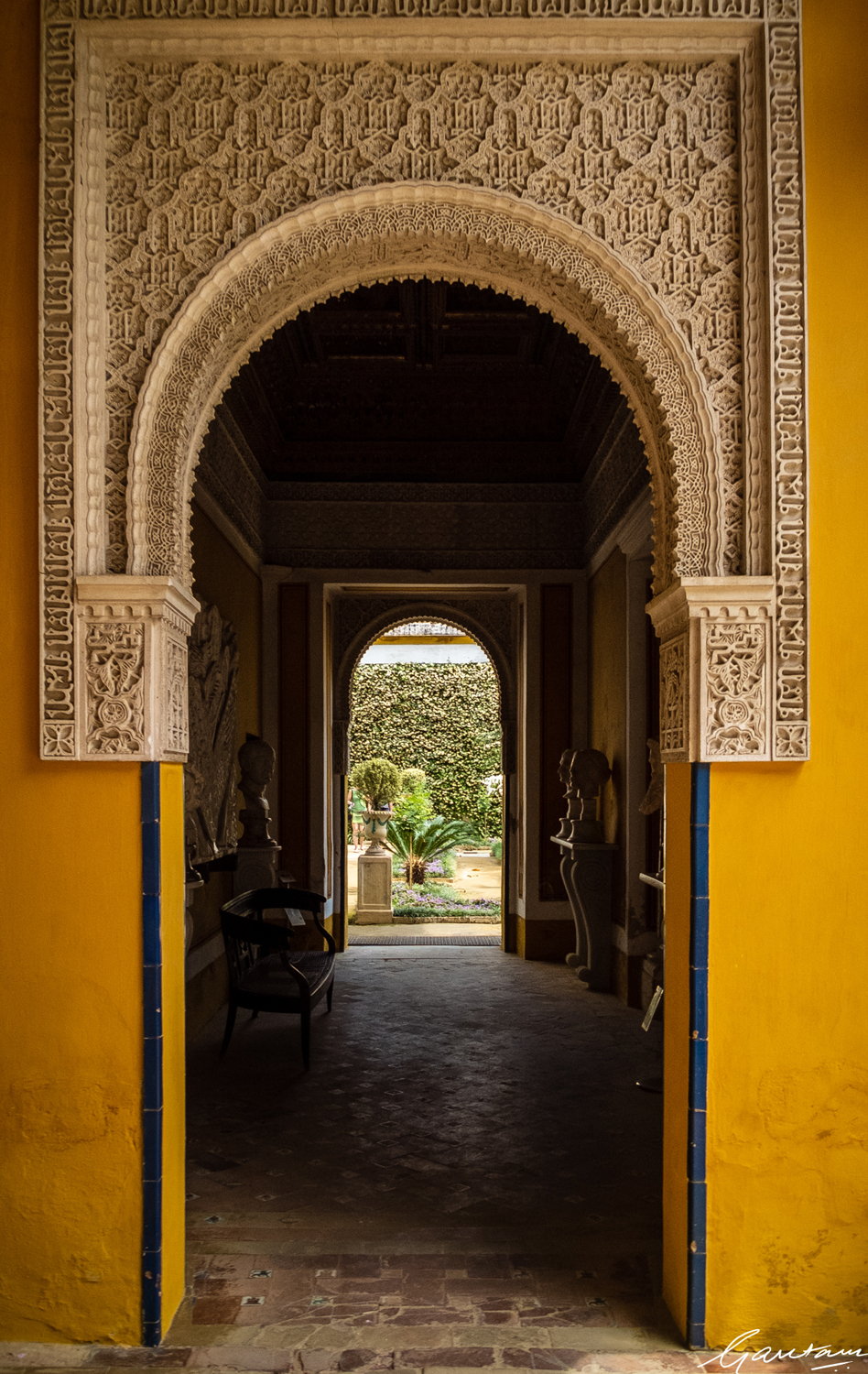
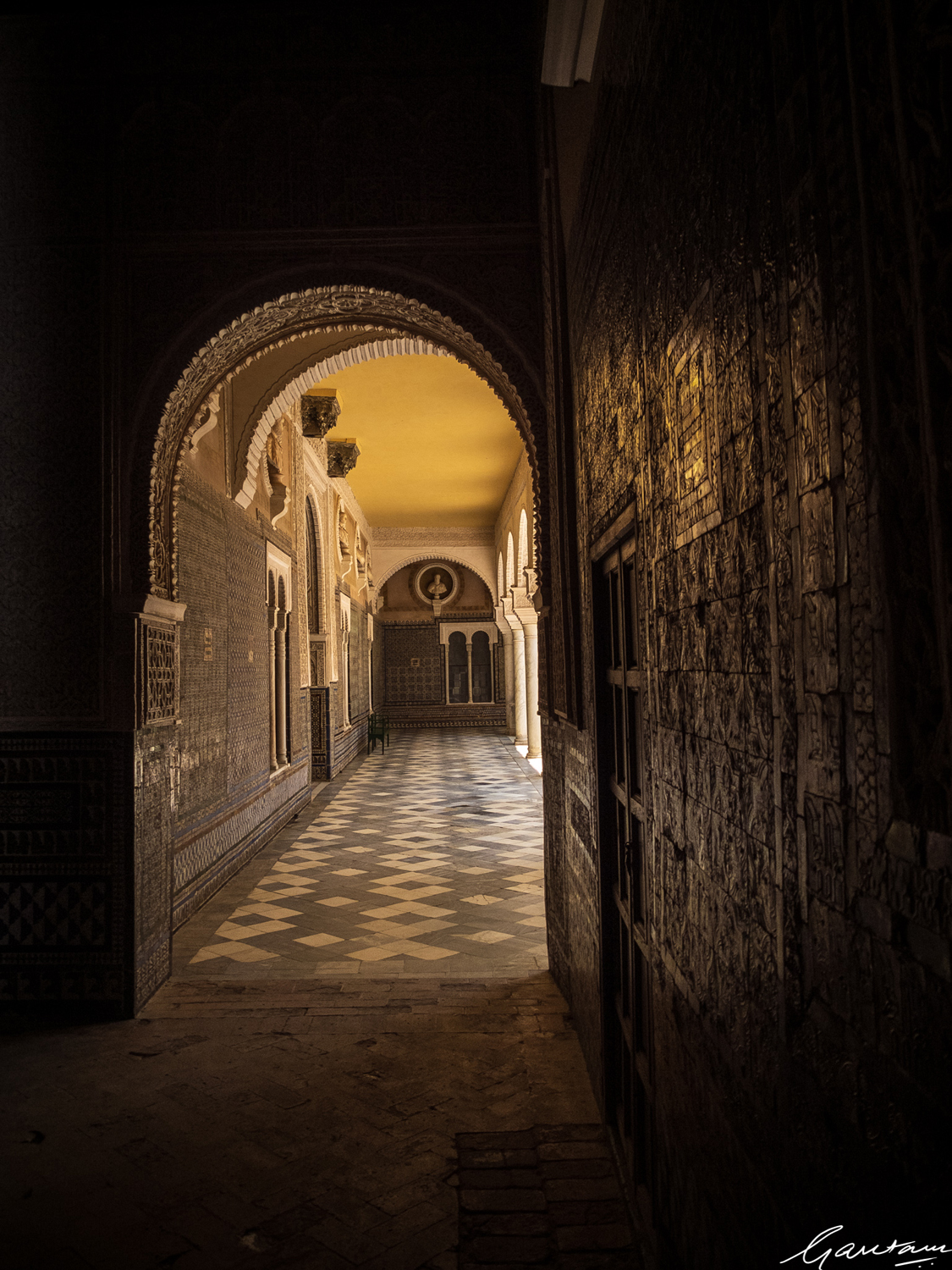
I’ve recently switched over: got the XT20 and now the new XT100, with a complement of lenses. I ran a series of test shots with all three: The Beast v the other two, and Fuji just returned incredible results in varied light conditions.
I believe the low-light comparisons are misleading: one doesn’t invariably shoot then. You have to see how they work _on the average_, and the Fuji cameras returned top-end results. I have little need for The Beast now; but I will await Nikon’s long-promised mirrorless.
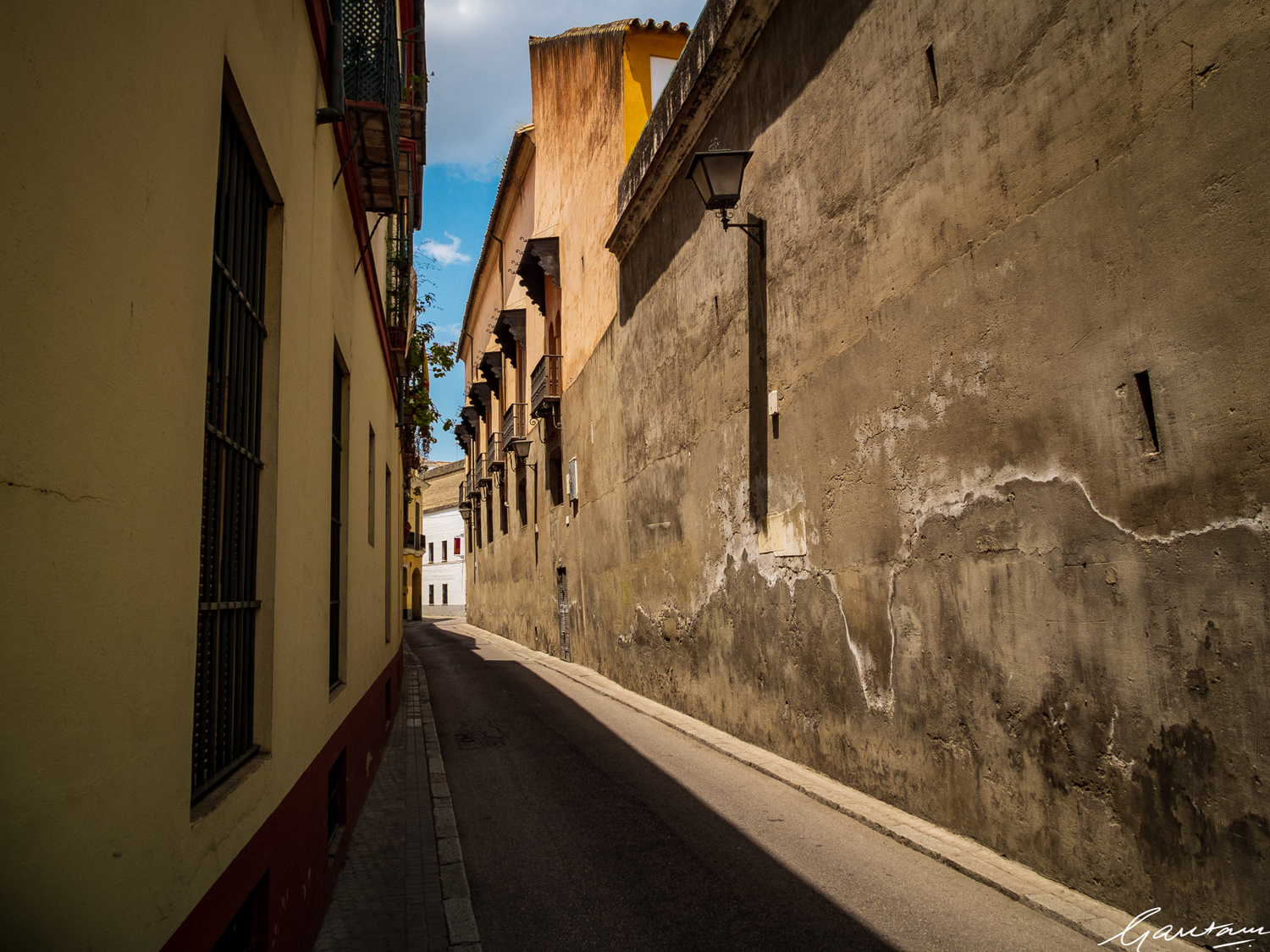
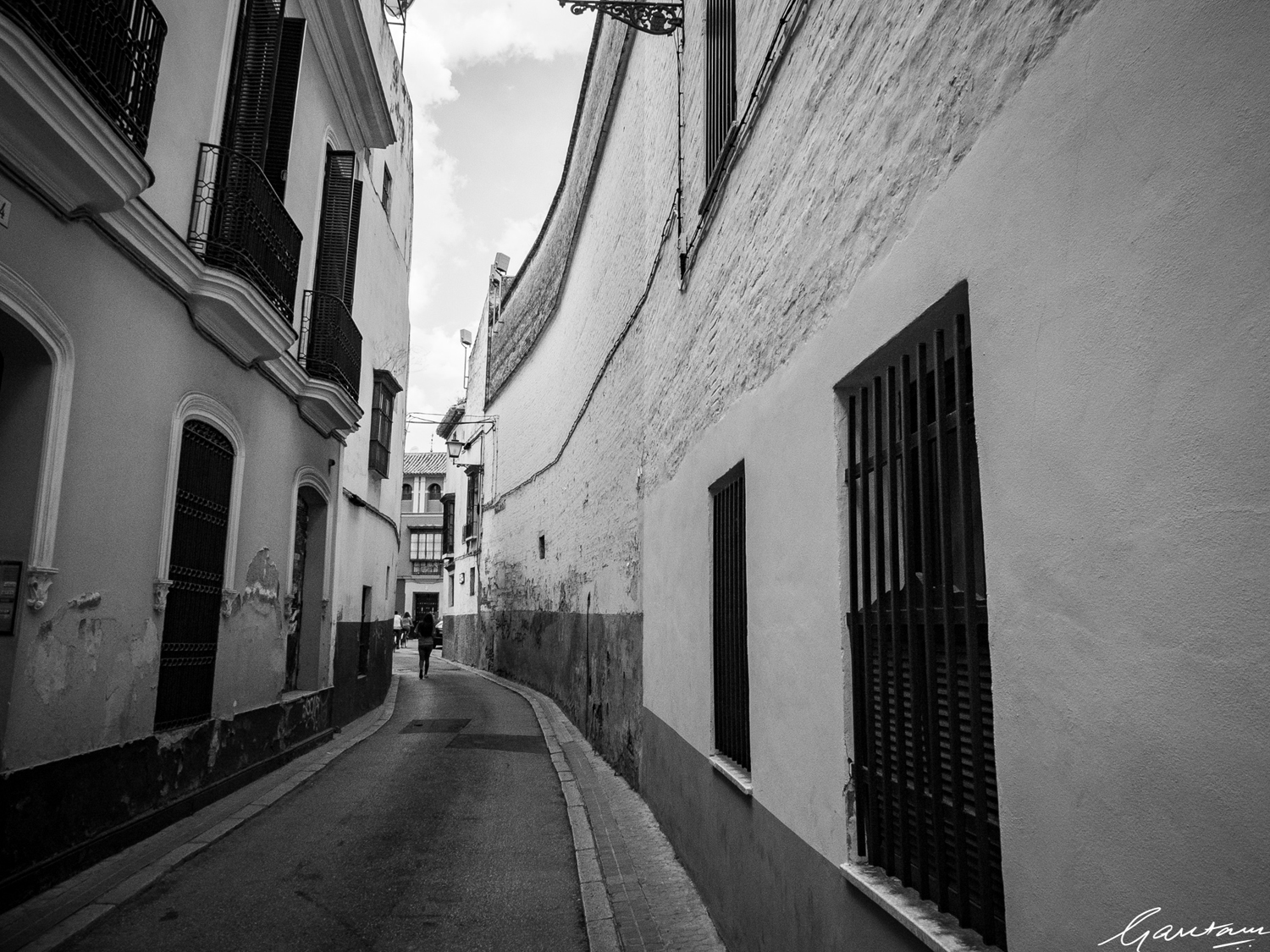
The dinky Fuji X10 (or, if you have it, the X20) is a perfect little travel camera. It has no disadvantages I can think of, except the technology has now outpaced it. It doesn’t perform terribly well at high ISOs, and the exposure compensation dial on the top right can be a nuisance because it rotates when the camera is pulled from a pocket that’s too tight.


I like the fact that it has so many modes — I usually shoot aperture or shutter priority — though I don’t use the built-in special modes at all. Like most of the Fujis it’s infernally slow in rendering RAW (the Nikon is crazy good here); but the top advantages for me are the ability to shift between the rear screen and the viewfinder, the lightness and the fact that it’s so inconspicuous.
It’s suited to my workflow, too. I use LR almost exclusively with the odd foray into Photoshop or OnOne Raw or Luminar. I no longer convert to DNG, but work directly with the RAW files. Typically, I scan through the lot and flag the ones I want to work on, deleting the obvious rejects, and moving the rest to another folder. My marker is to retain about 10-20% of the shoot.
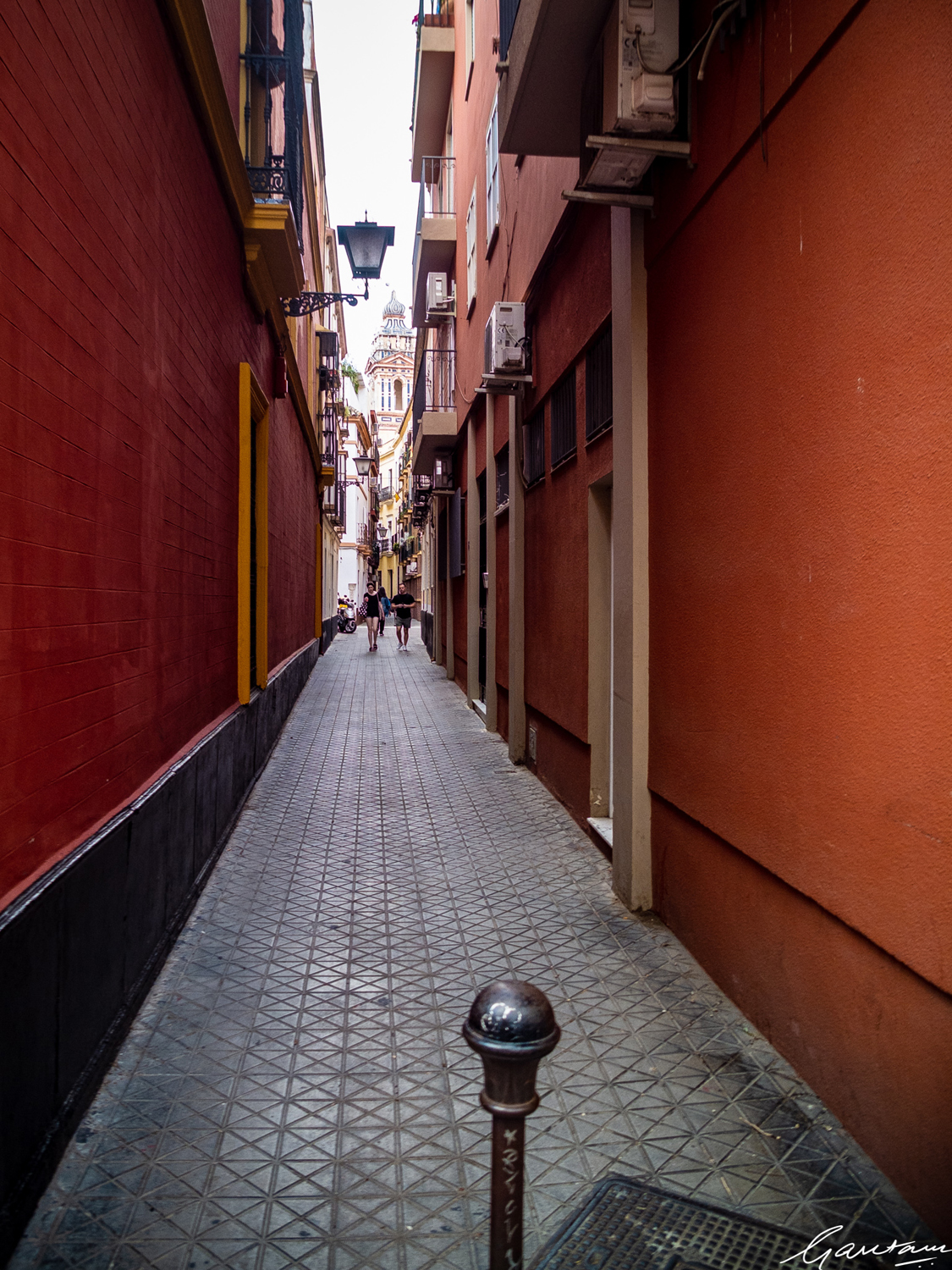
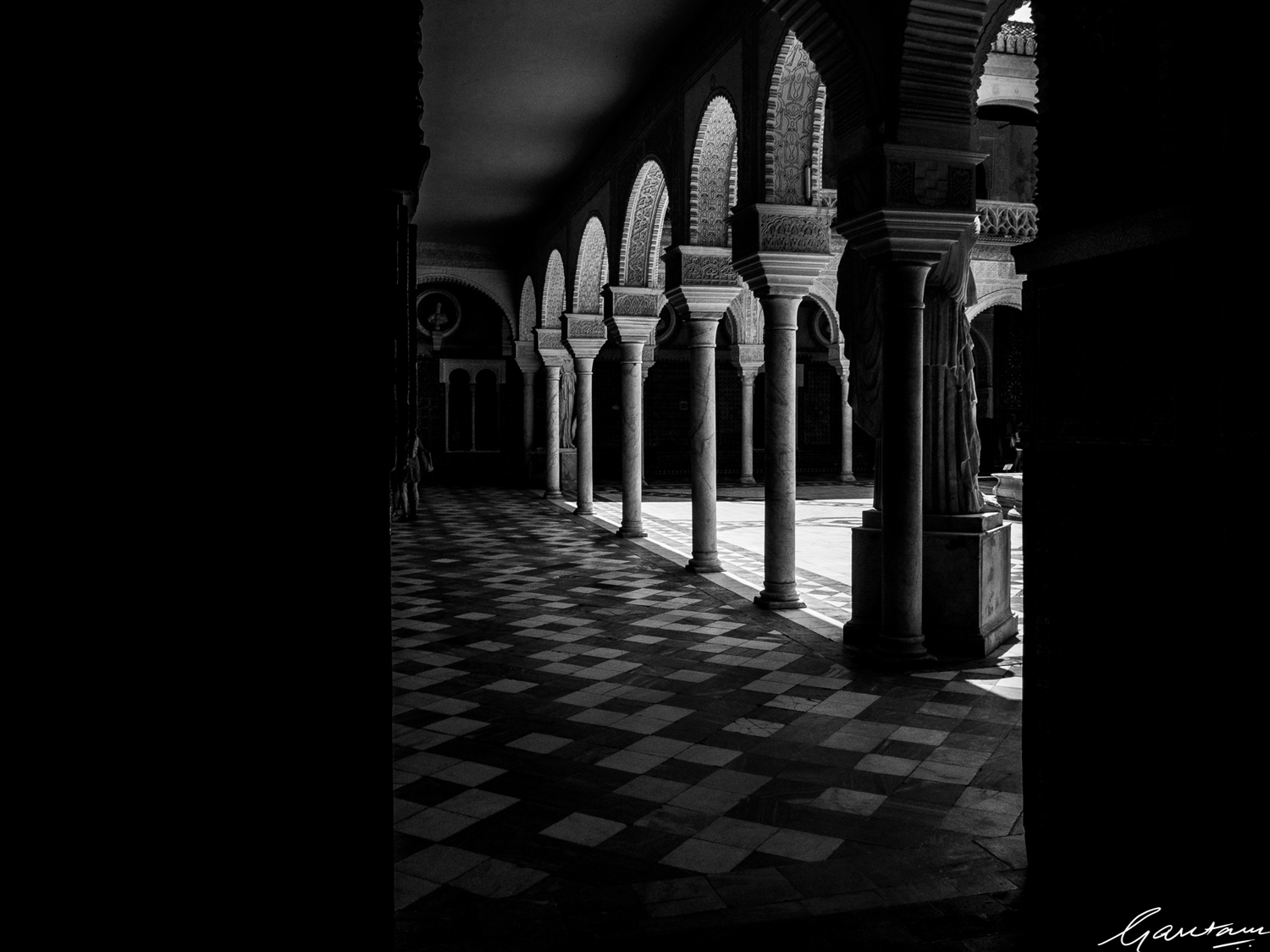
In LR’s develop module, there’s a quick look to see if I want it in BW or colour; then the profile adjustment, manual tweaks of exposure, contrast, blacks, highlights, whites, a little sharpening with an unsharpen mask, some dehaze. Straightening etc., is always first. I keep the brushwork to a minimum.
Over time, my ‘seeing’ has changed. Perhaps it’s part of growing older. There’s much less tight telephoto stuff, and more in the frame; overall, the emphasis is on light, structure, rhythm, pattern. I want these to be strong elements in the frame. The end result must be something on which the eye wants to pause. If a viewer has to struggle to find something in the frame, then the photograph is a failure.
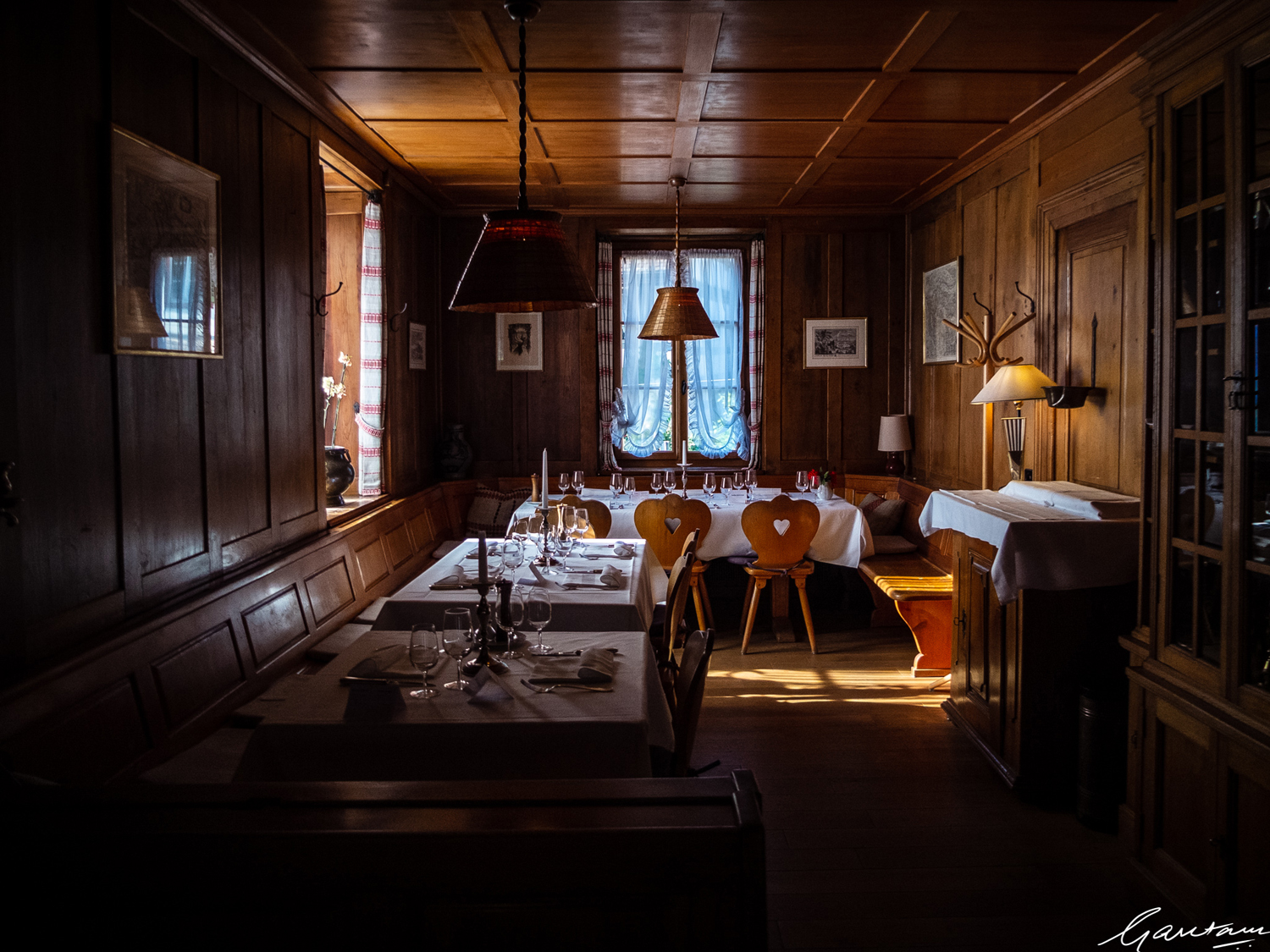
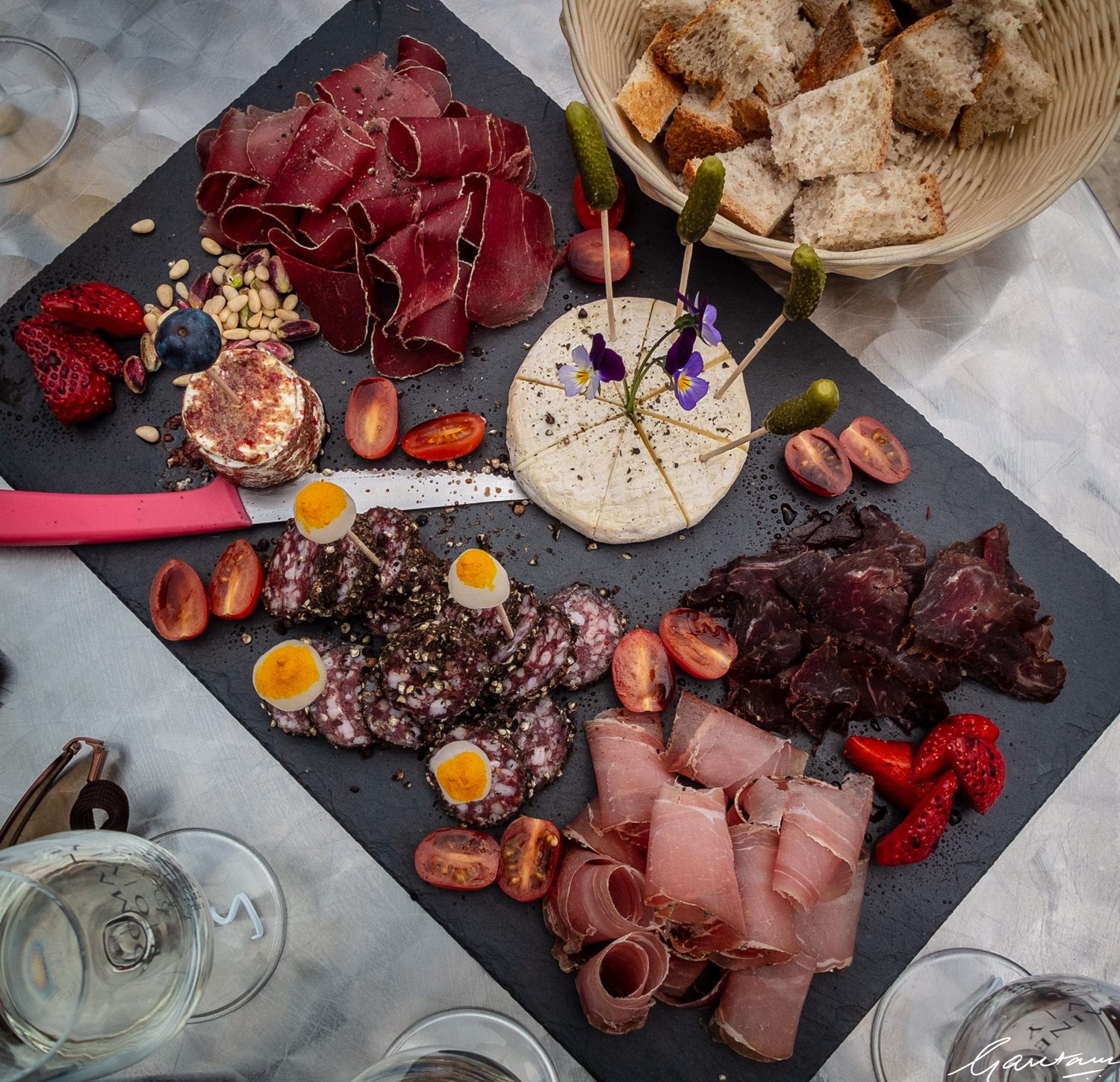
I find that it’s a fashion these days to treat as ‘art’ even a really terrible photograph. Writers in newspapers go on and on about how great the image is, when it’s little more than mundane. Some, I think, are overawed by the aura of the photographer, usually dead.
That cannot be a legitimate way to assess a photograph, if you accept that it *is* an art form. It’s like saying a particular book is good not for its writing or insight but because it was written by famous so-and-so. That’s just flat-out wrong. For me, photography is about something else. It’s no longer about preserving a slice of time, or a memory. It’s about freezing a moment scene, a moment of a particular way of seeing.
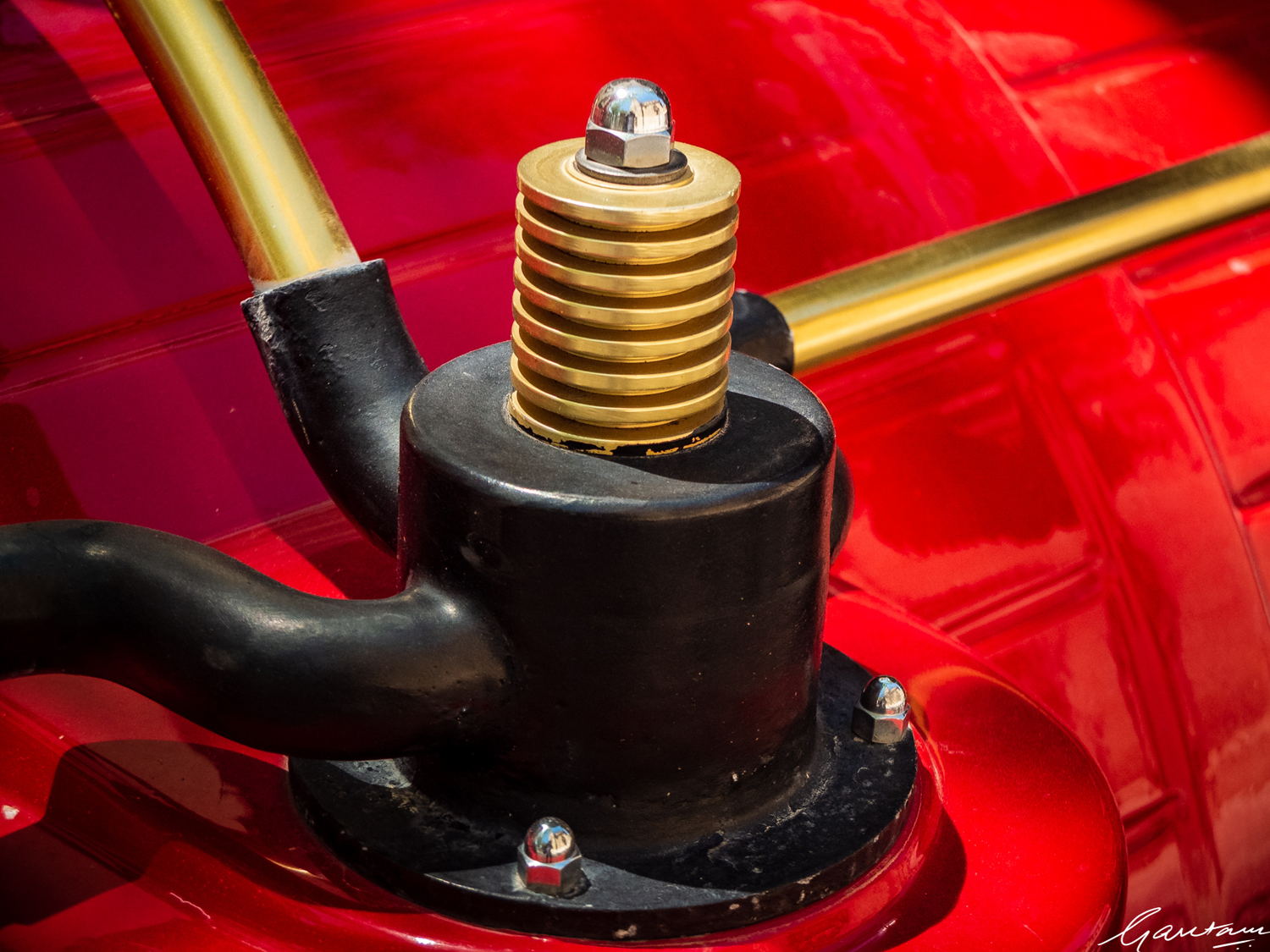
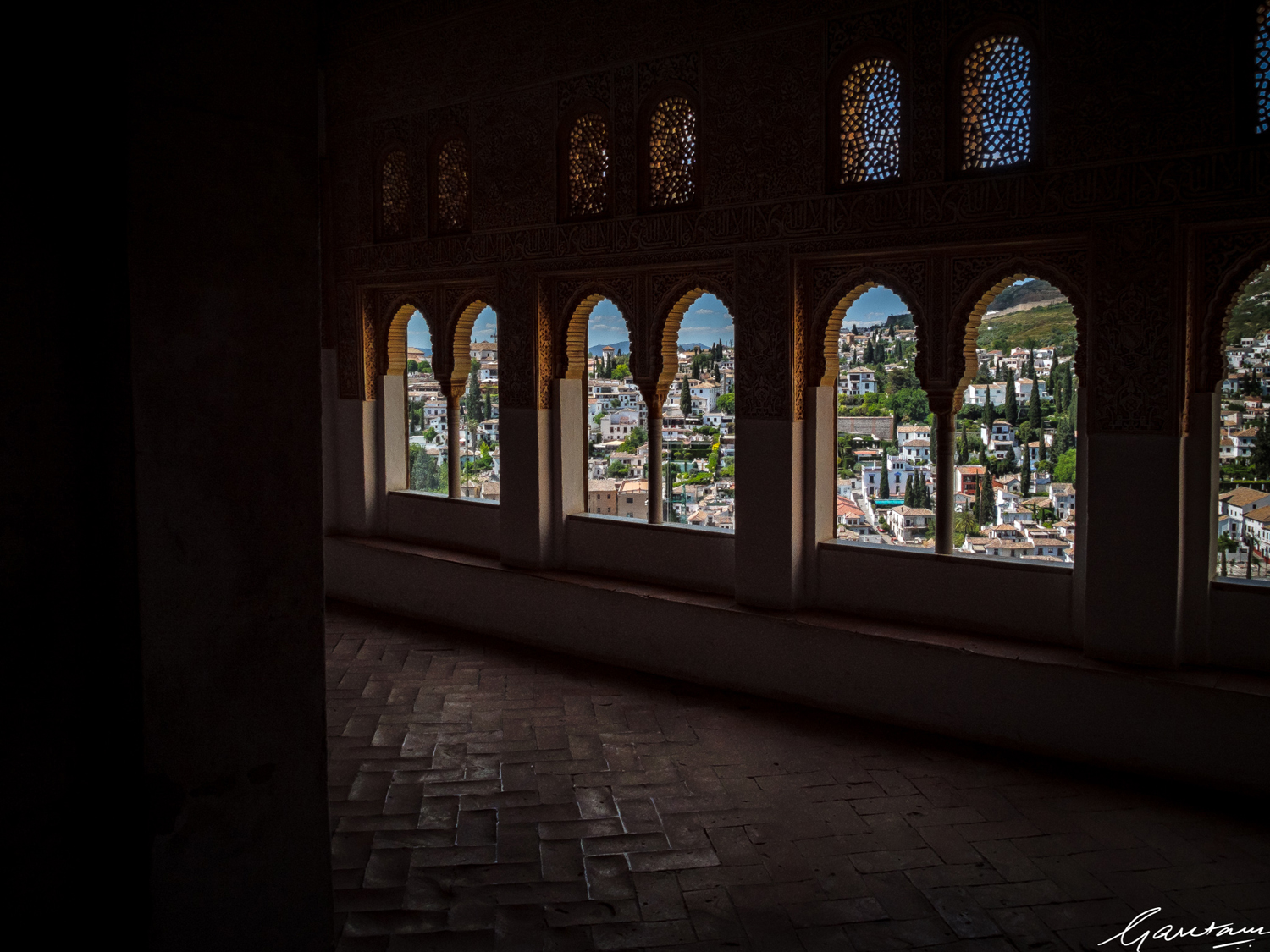
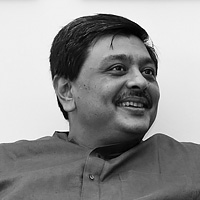
“I am a Mumbai-based amateur photographer. Even more than taking photographs, I have always enjoyed reading about and studying photography as an art form (still terribly under-rated, in my view). I presently work in a court in Mumbai.”





Khürt L. Williams
April 11, 2020 @ 2:50 am
Sigh. Here we are again. If you truly believe that the general public is quite happy with the results from a smartphone then why do you keep on wishing that the camera manufacturers would make a better compact camera? It would be a product without a market as you’ve already admitted that consumers are quite happy with smartphones. You’ve already admitted that the smartphones will continue to improve.
Exactly. So why would Nikon/Canon/Fuji/Sony et. al invest research dollars into creating a product when the target marks “prides itself on the quality of its cellphone photography”? If the device in the pocket of already meets the needs of the many, if the IQ expectations are being met, then why try to market a bulkier product that does less?
Lightweight cameras like the Fuji X10 are not the future. No matter how much you want it to be. The market is already voting with their money.
runbei
April 11, 2020 @ 2:50 am
Gosh, Gautam, these are beautiful photos! Thank you very much. I’m a fan of the Wolfcrow YouTube channel and its highly intelligent, thoughtful and engaging high-end video topics by fellow Mumbai resident Sareesh Sudhakaran. But I digress – your photos are a revelation. I’ll be looking at the X10 series because I was forced to become a Fuji expatriate due to work (now Canon FF) and still love Fuji for lots of things. So, thank you again for opening our eyes. And again, beautiful work!
Robert Huntley
May 1, 2020 @ 10:25 pm
The X10 introduced me to the Fujifilm system, leading me to the XE-1, the XE-2 and now the XE-3. I later also owned the X30 for travel, which was a wonderful camera, all the small-size advantages of the X10 with a better viewfinder with the EVF. It’s too bad that Fujifilm has abandoned this line of cameras. Technology has indeed passed the X30. My XE-3 is a wonderful camera and the one I use the most. With the 27mm pancake lens, it is somewhat compact but not as pocketable as the X30 and not as versatile with the fixed-focal-length lens. So when I travel these days, I’ve had to go to the Sony R100 line for a photographic companion.
john
July 11, 2020 @ 10:23 pm
I enjoyed reading this article, thank you. I too have a Fuji x100 and bought one when they first came out. I have often wondered if I should change it for something more advanced with a bigger sensor. But I’m only a snapper. You take much better pictures than I do. The proof that the camera is still capable of excellent results are your photos. You just don’t need the latest technological marvel. And definitely the photos it produces are very good for what I need. I love the look and handling of the camera. It has two major “faults” perhaps – I would have liked a 24 mm wide angle and a neutral density filter. The other “fault”, unavoidable with such a small, in modern terms, sensor, is lack of bokeh in portraits. There is an early effort at artificial bokeh, long before smart phone thought of it, but its results can be very variable. But I’ve not seen any newer model camera that compares because having a fixed viewfinder for me is essential. The nearest camera I’ve seen to compare is the new Canon with pop up viewfinder and 24-120 lens and 1″ sensor. Now, if they’d left the design as it was with a fixed viewfinder but the newer entrails and lens, that might’ve been my next one.
John
July 11, 2020 @ 10:24 pm
Sorry, should be obvious, meant x10 !!
Greg Trueman
January 2, 2022 @ 12:12 am
I too liked reading this article and the comments. I’ve had my X10 for 10 years now and am only a happy snapper. Although I looked at other models up to the X100V and all had technical advantages over the X10 I still preferred the X10. When I see something I want to get a picture of there is no complication, I’ve preset where I am and if I have to do a quick alteration it takes seconds.
I guess the picture and the place and time I’m at is my prioity and not wanting to miss an opportunity when there to get my pic in.
Or on the other hand at 70 I’m a little tired of change, especially when the change is more about increasing profits over competitors than than the relationship between the pic and the photographer.
Gautam Patel
February 14, 2022 @ 2:21 pm
This is lovely.
Egoitz Segura
February 14, 2022 @ 1:34 pm
This post makes clear that the heart, the brain and the eye make the photo, and the camera only saves it.
Anyone would like to take those pictures, and most of us would’nt get them even with the last 5000$ model.
Congratulations.
Gautam Patel
February 14, 2022 @ 2:21 pm
Thank you so much for these kind words.
Brian
November 30, 2022 @ 12:08 am
I recently found almost a brand new copy of this camera. It shows its age in terms of features and options but it produces simply amazing photos.